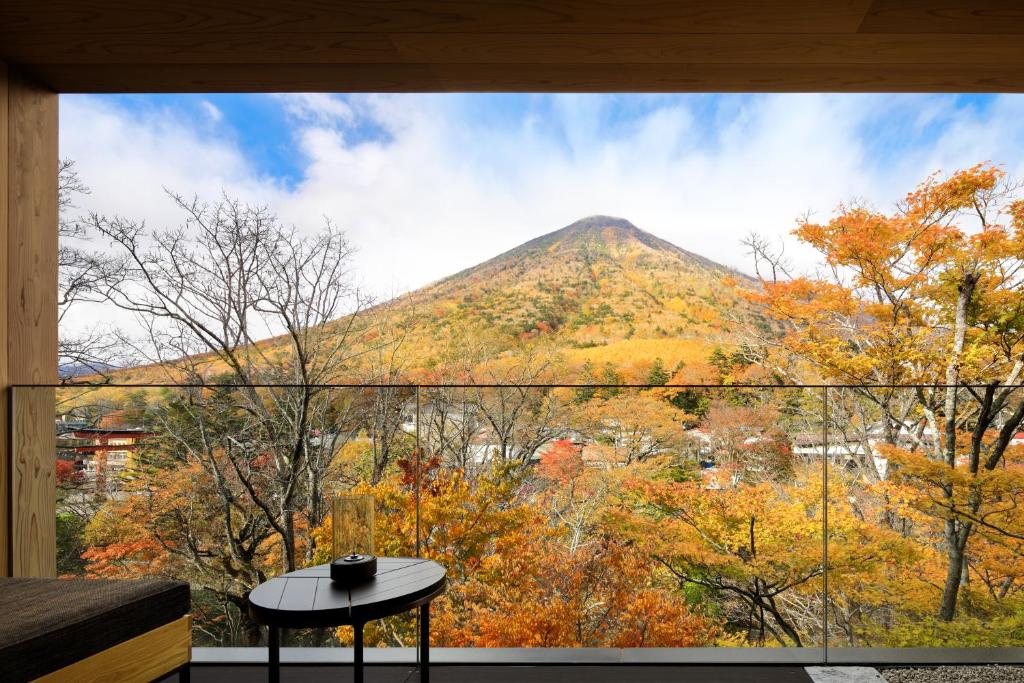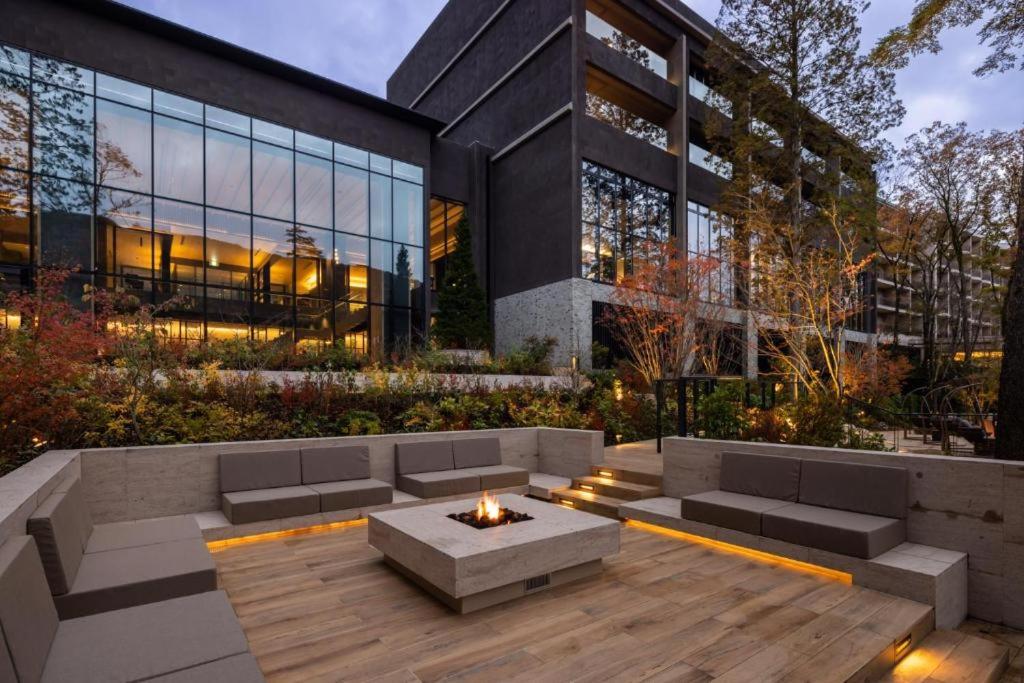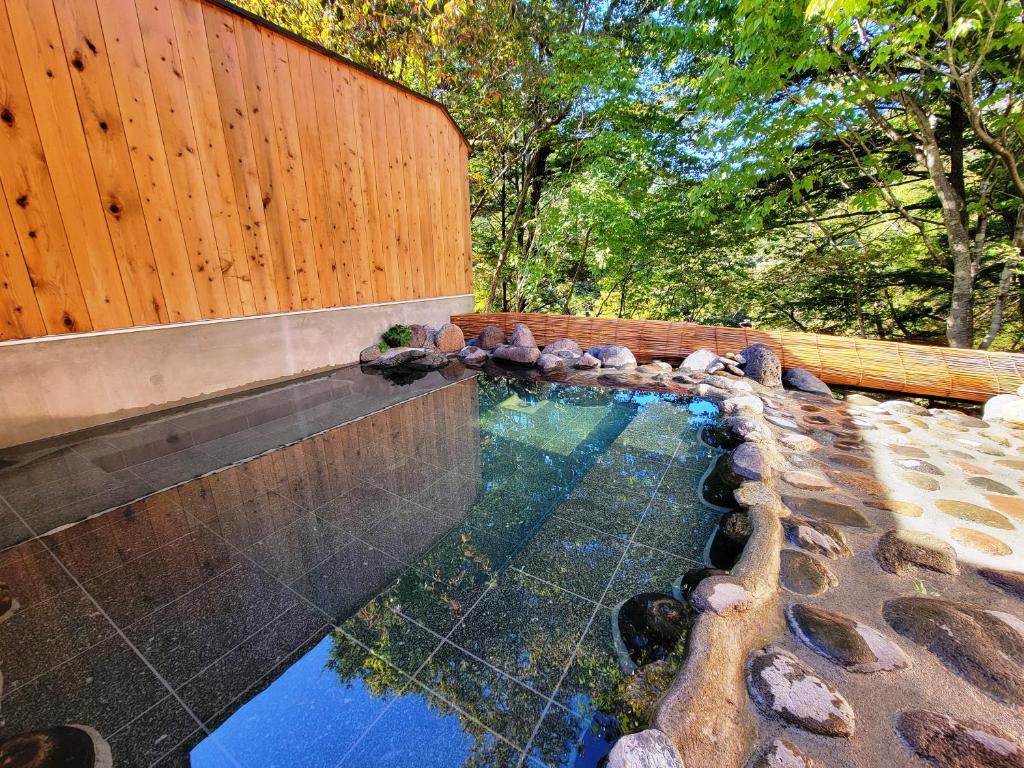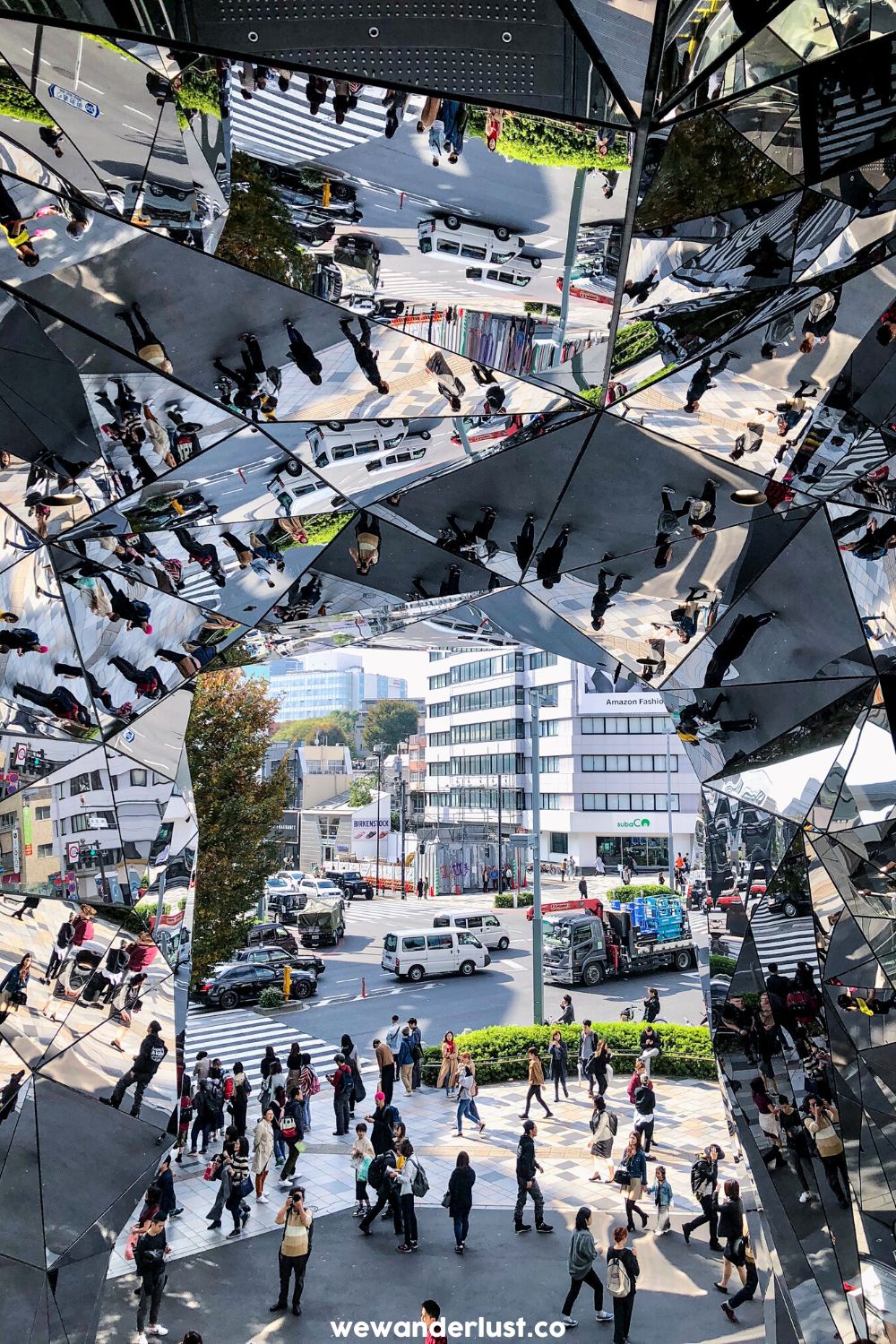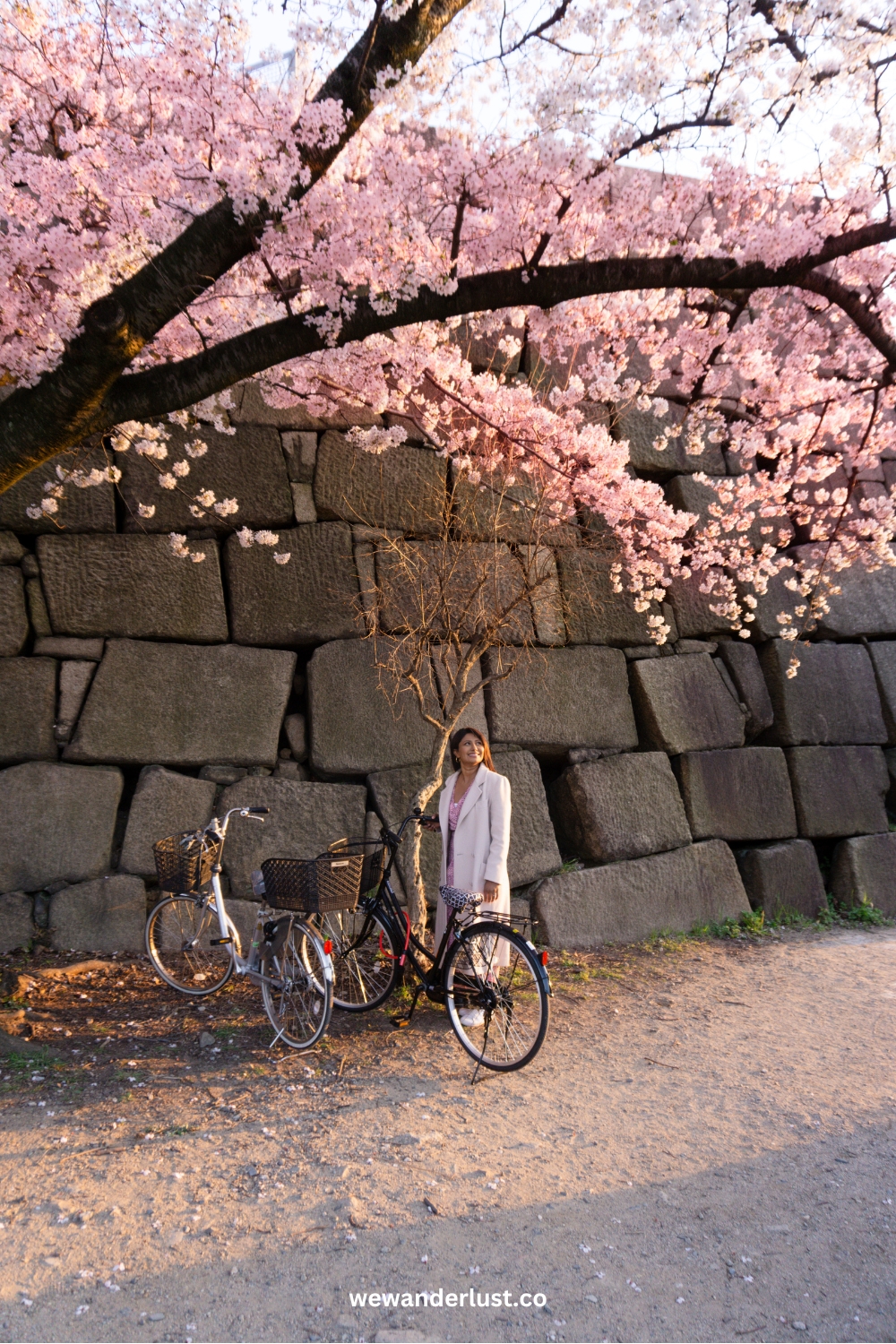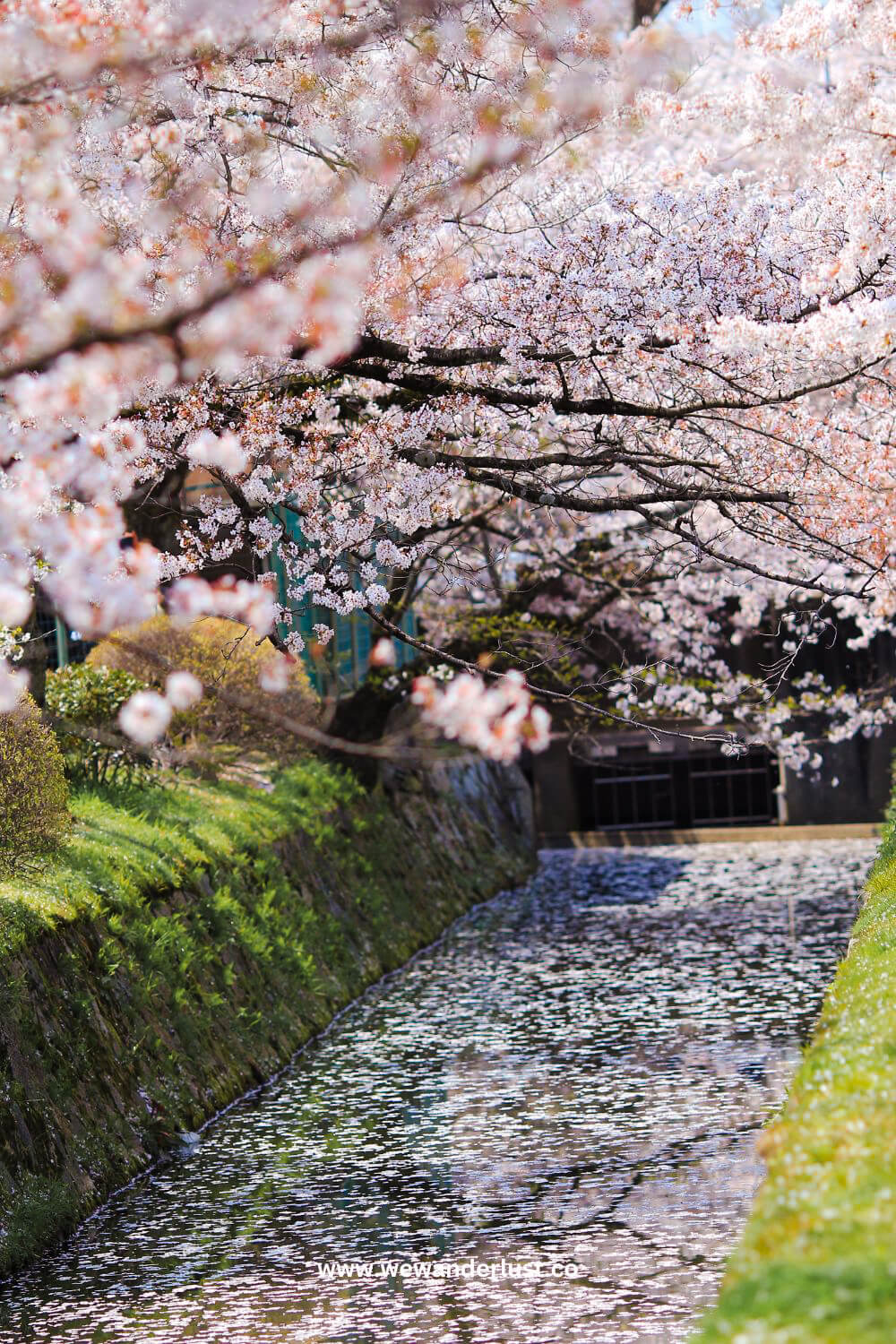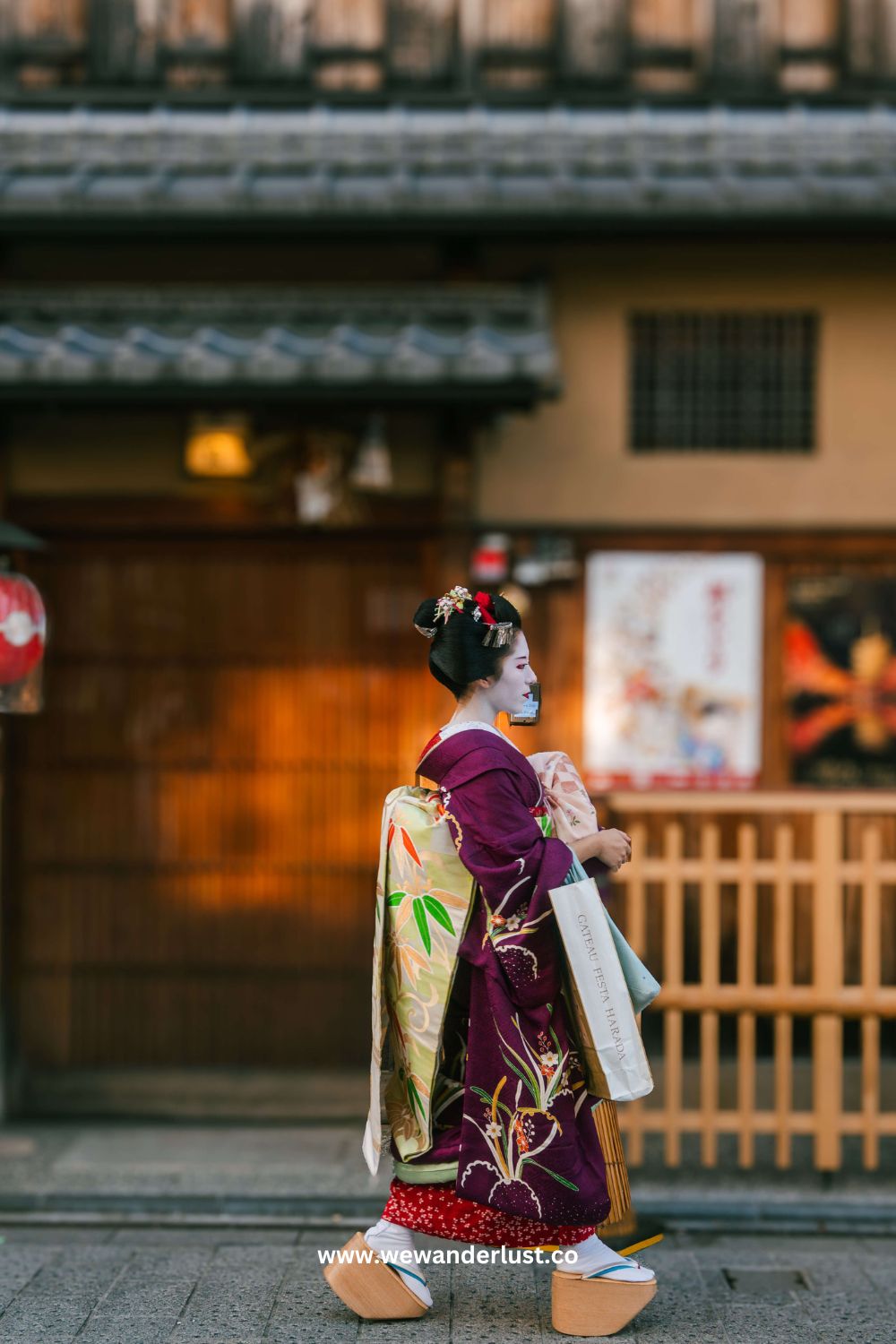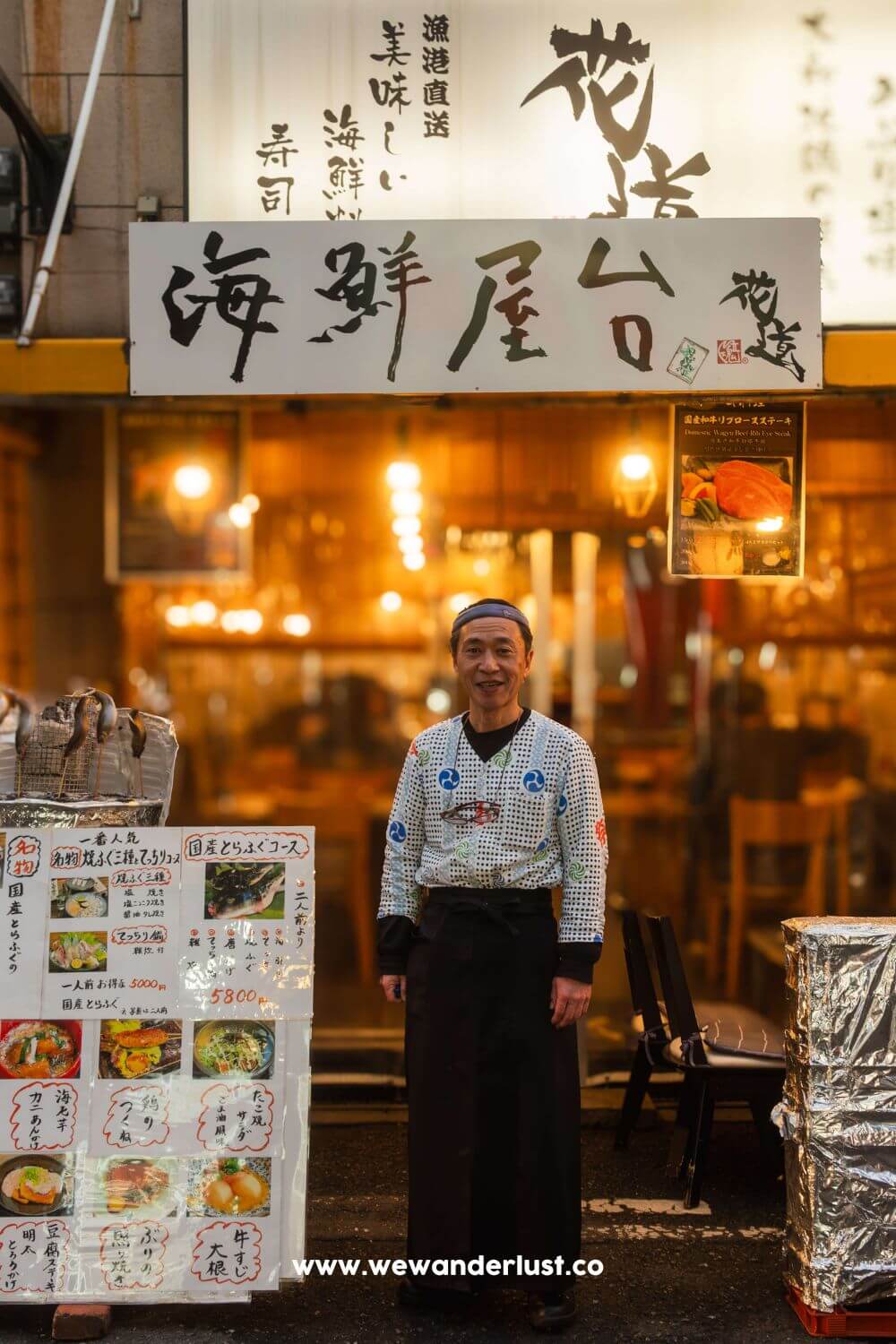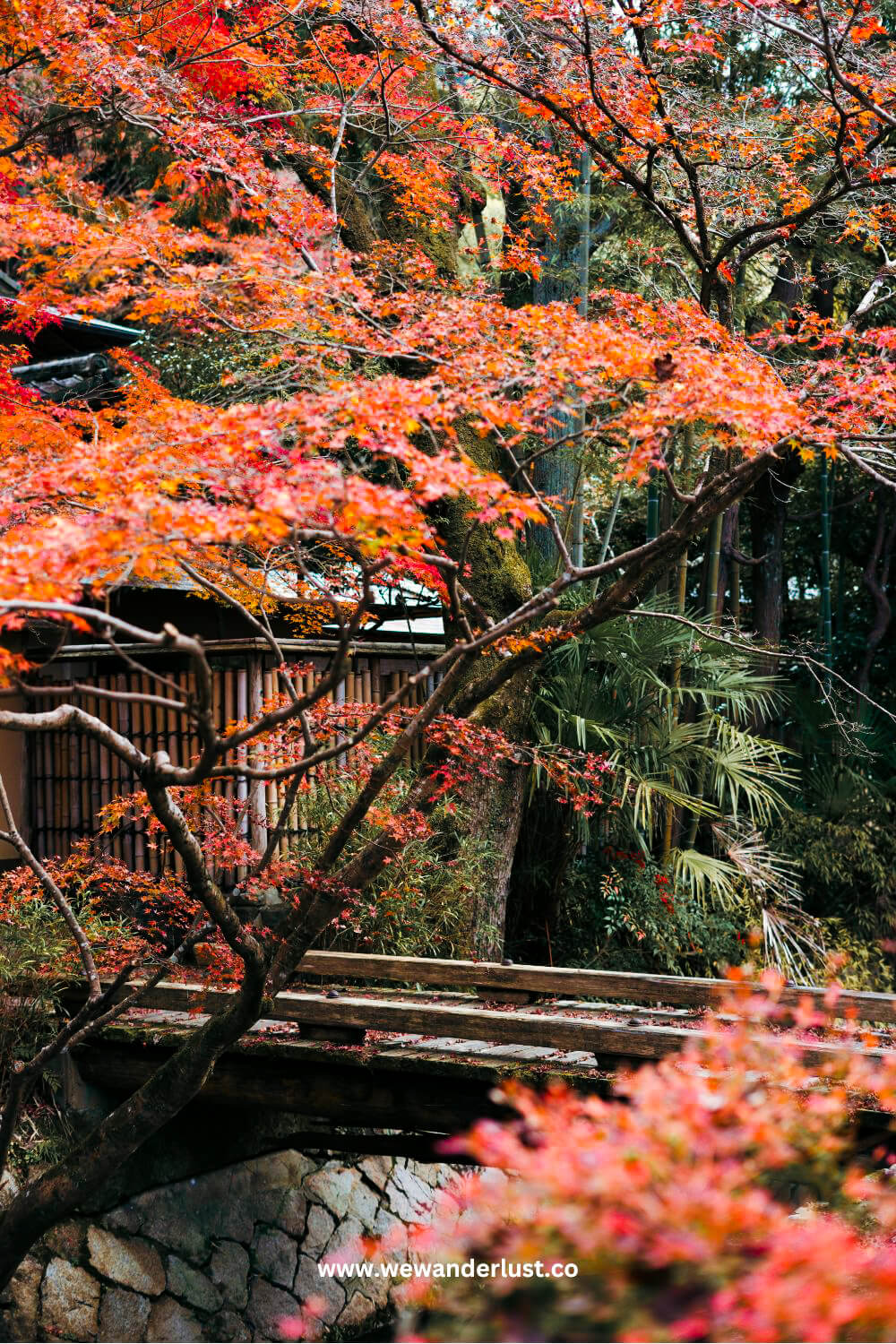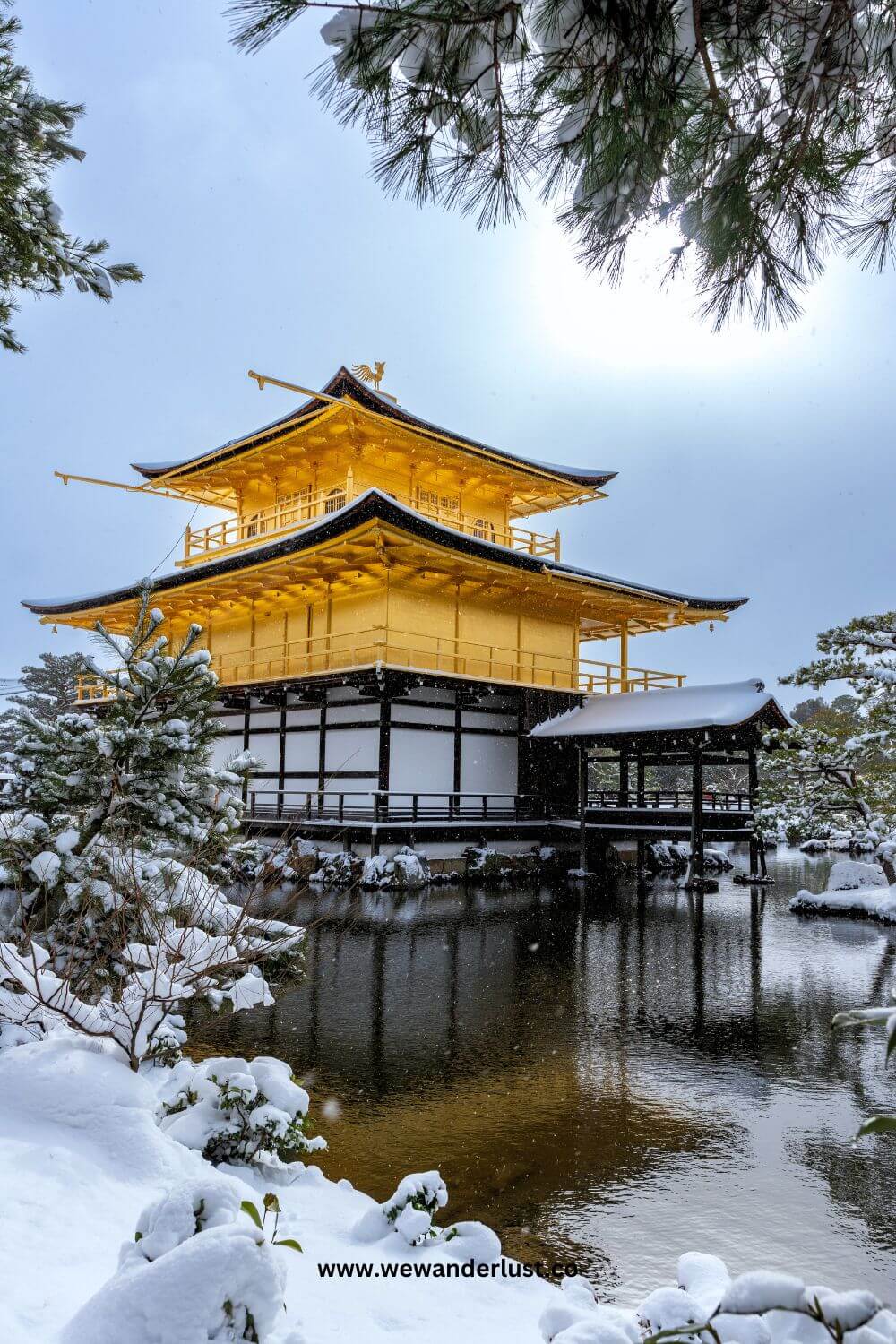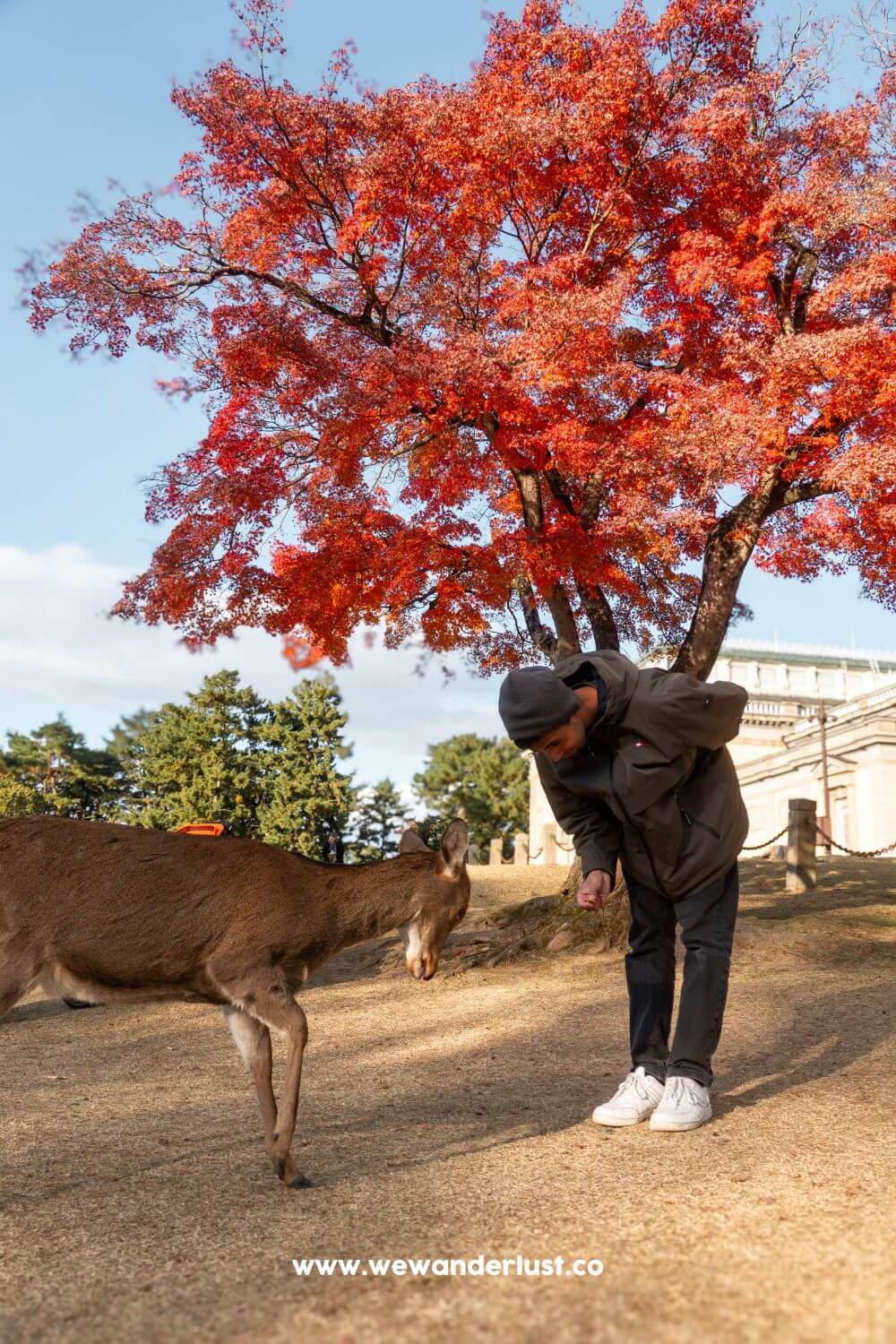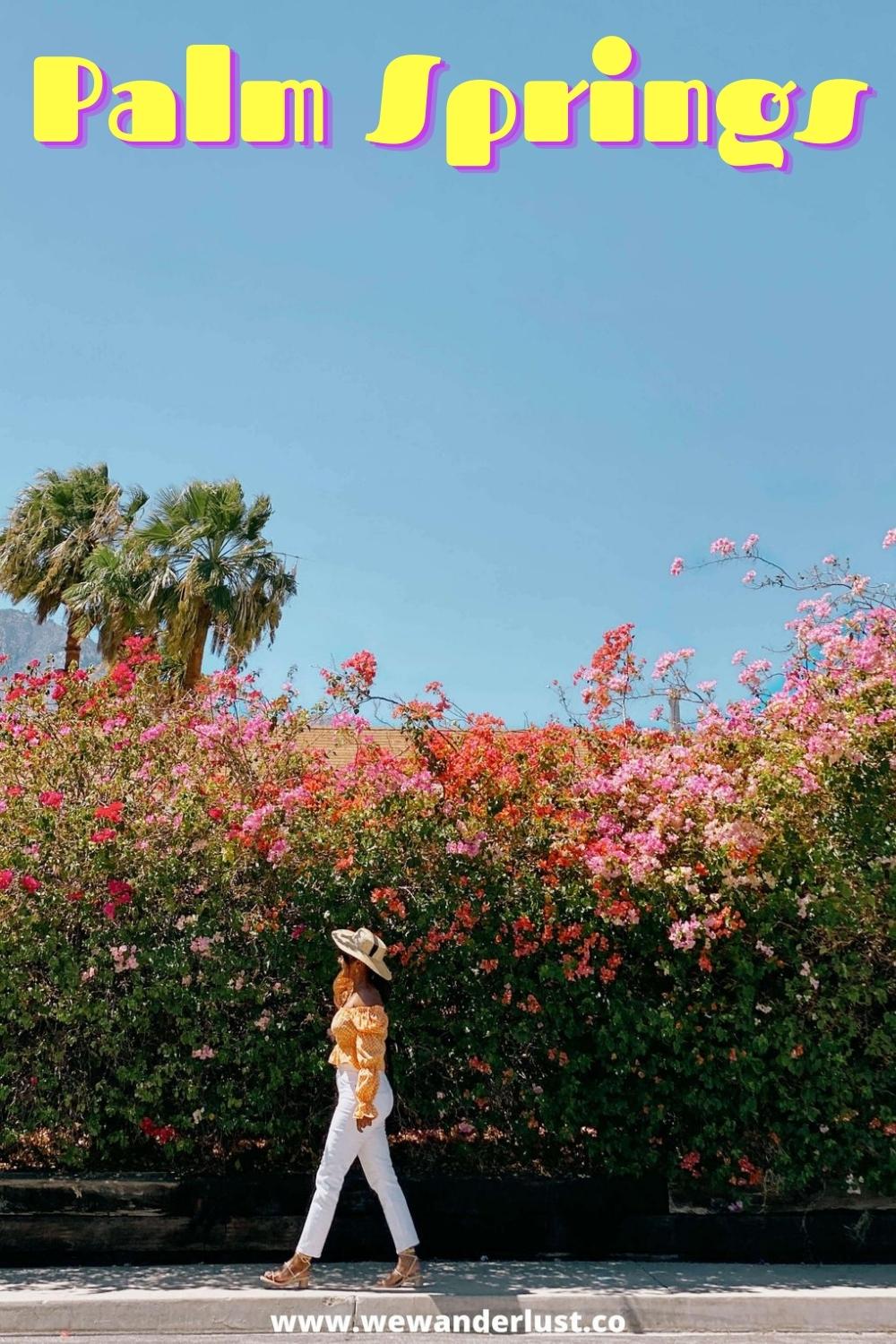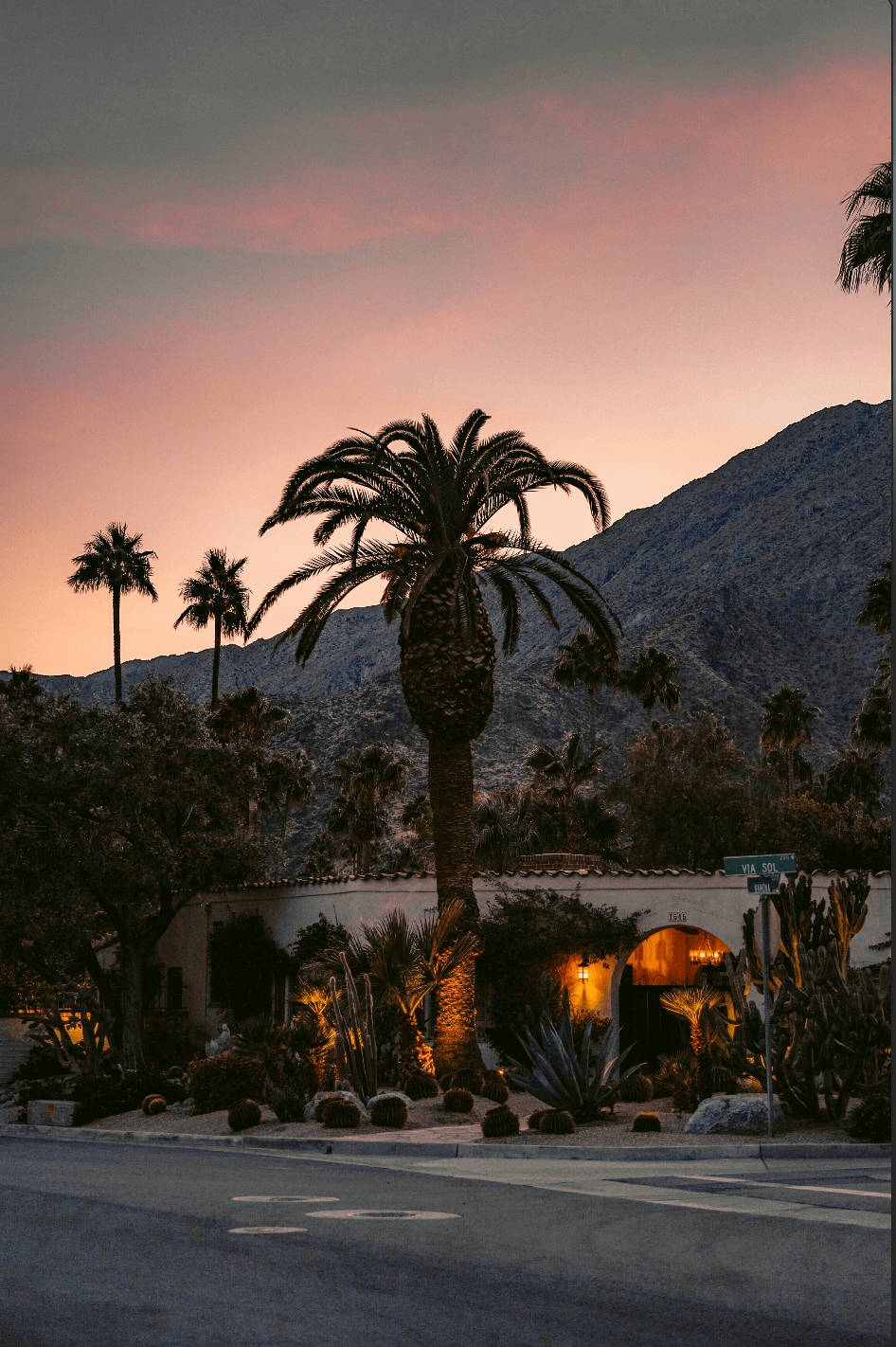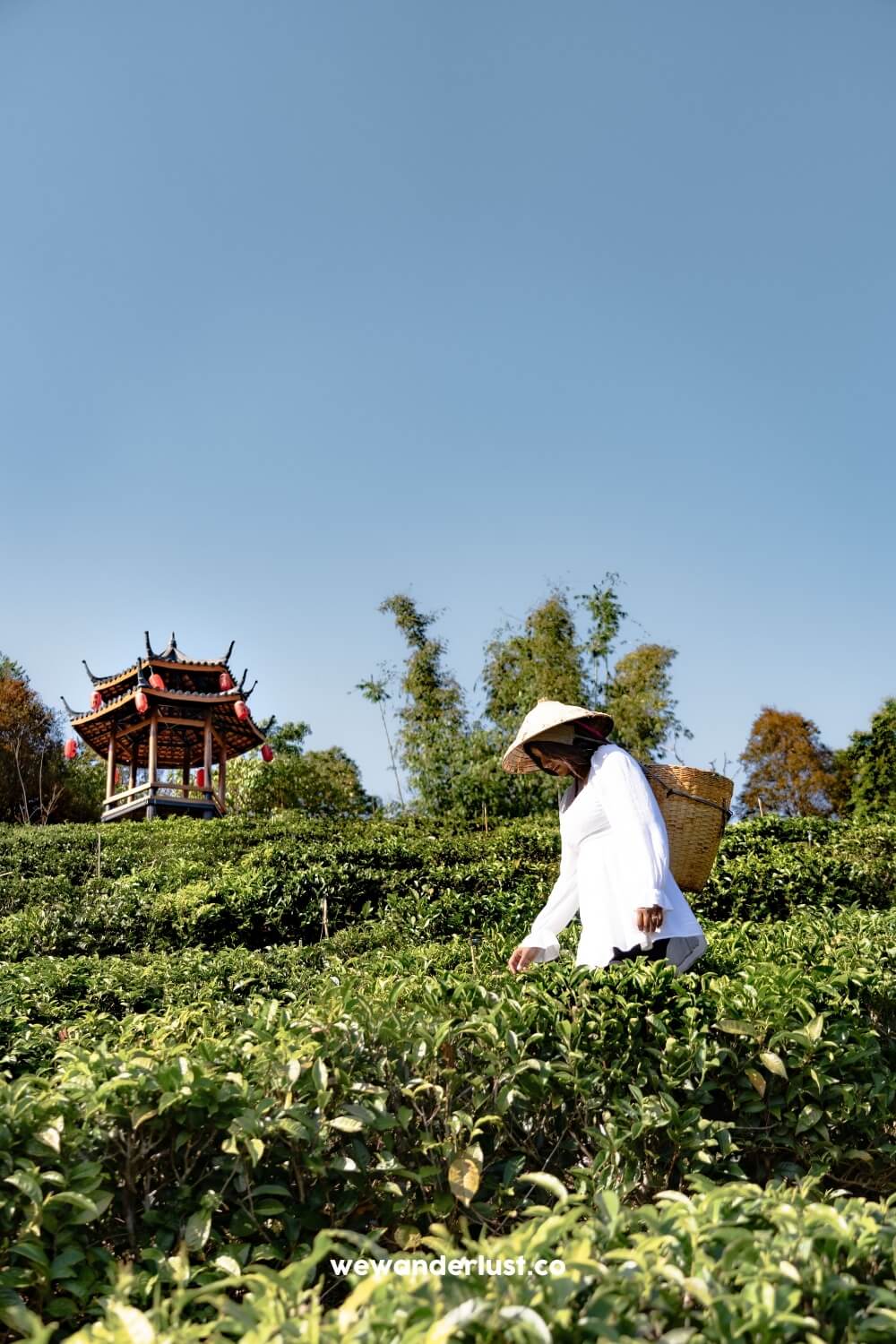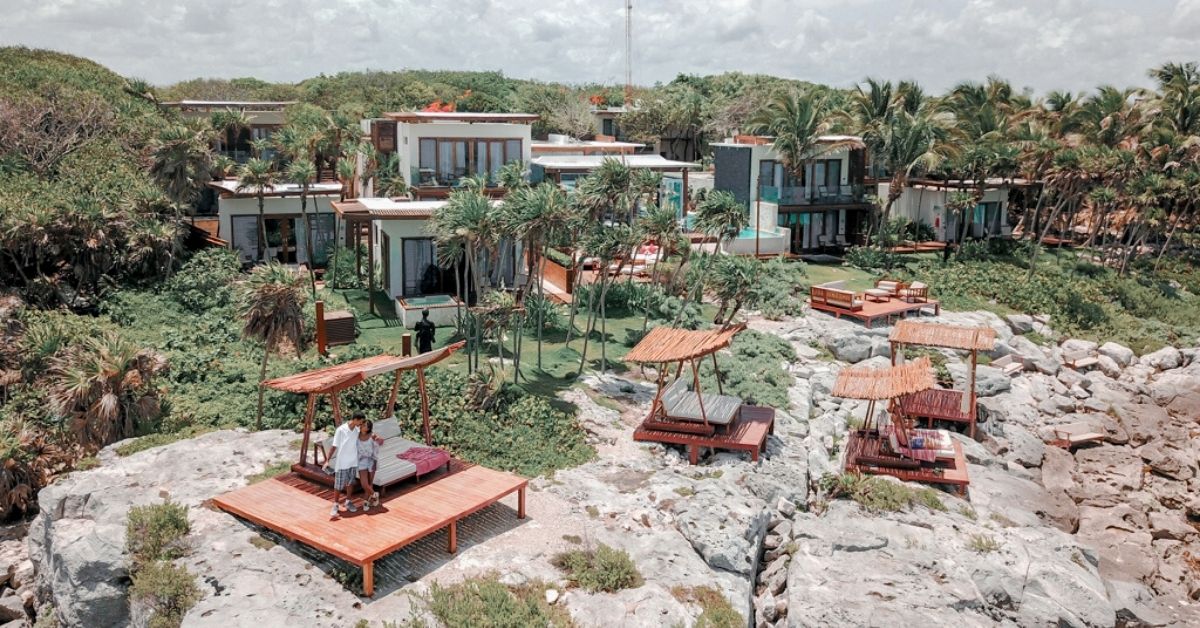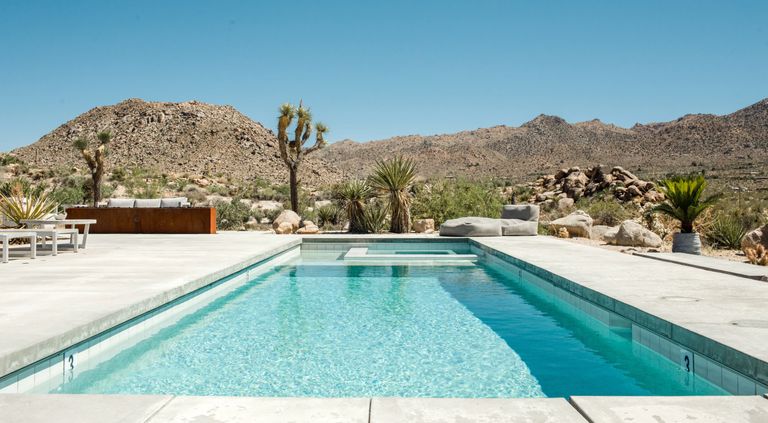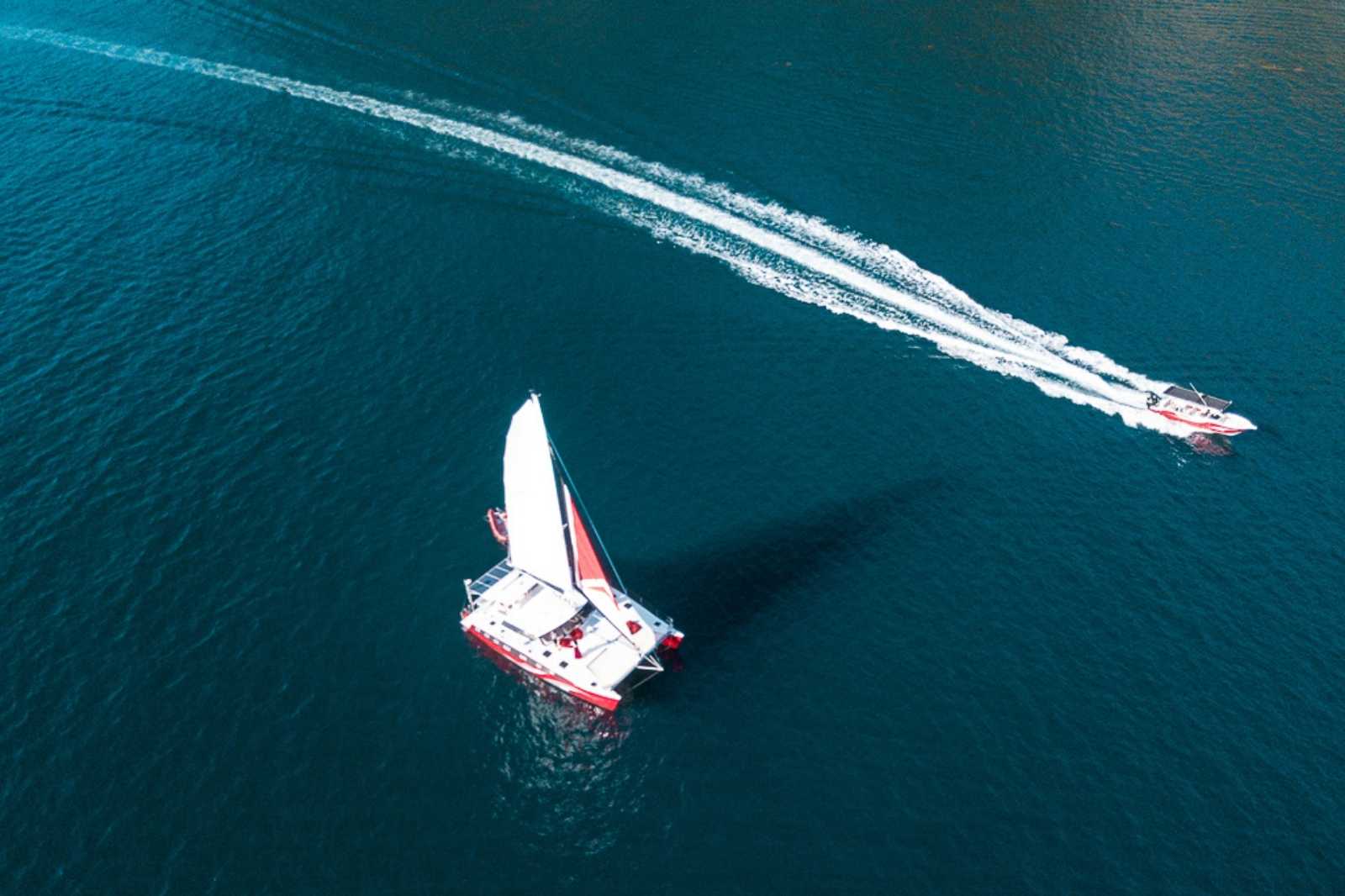The Best Day Trip to Nikko from Tokyo in 2024 (by Train)
Planning the best day trip to Nikko from Tokyo by train? This one-day itinerary will help you plan it perfectly.
Tokyo is undeniably our favorite city in the world. You could easily spend weeks if not months here without running out of things to do. However, if you’re looking for a break from the bustling city, some incredible day trips from Tokyo are worth exploring. One such place is Nikko.
And if you’re wondering, can Nikko be done on a day trip? Yes, it can! Nikko is worth a day trip from Tokyo and this day trip itinerary will be your go-to guide for all things Nikko.
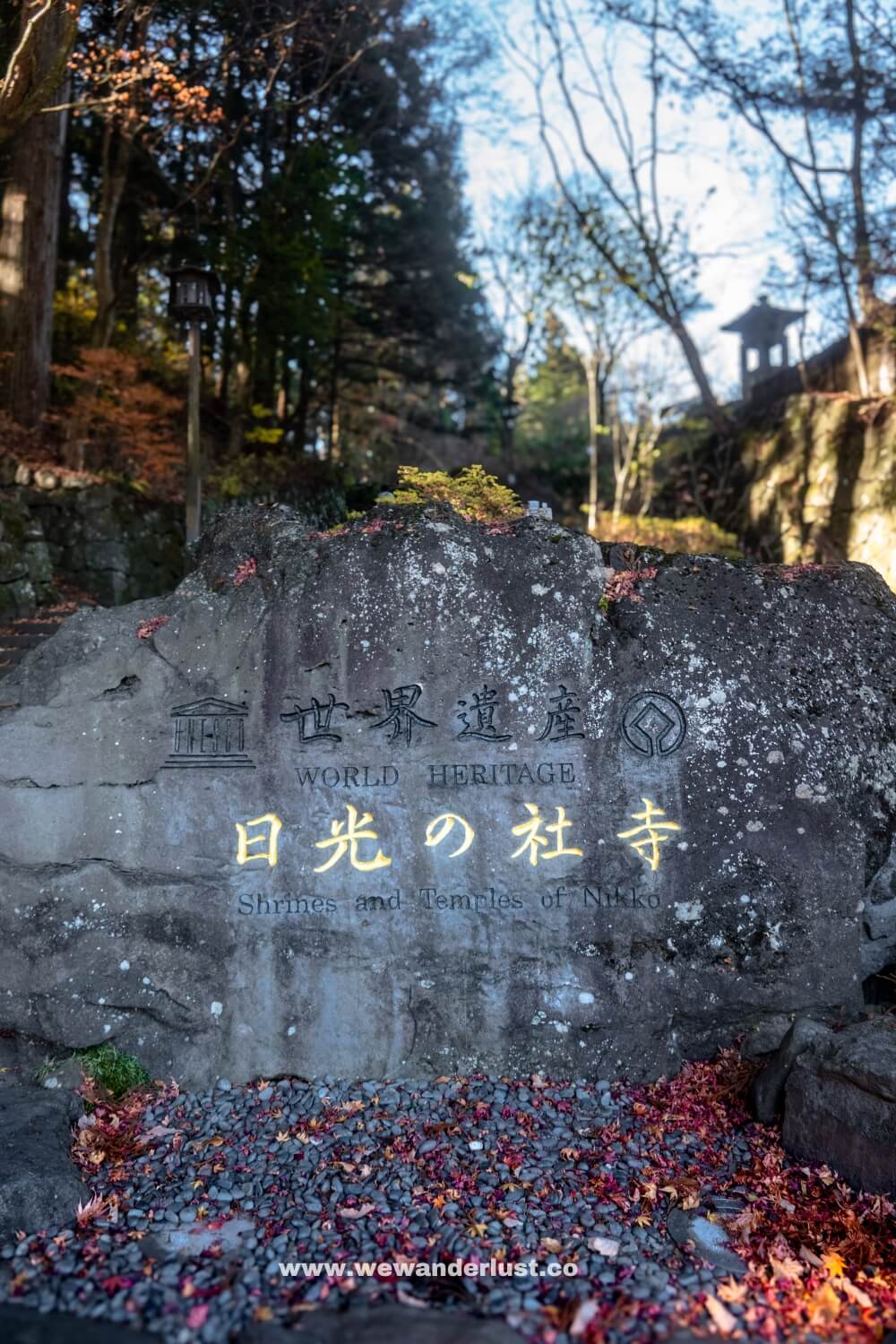
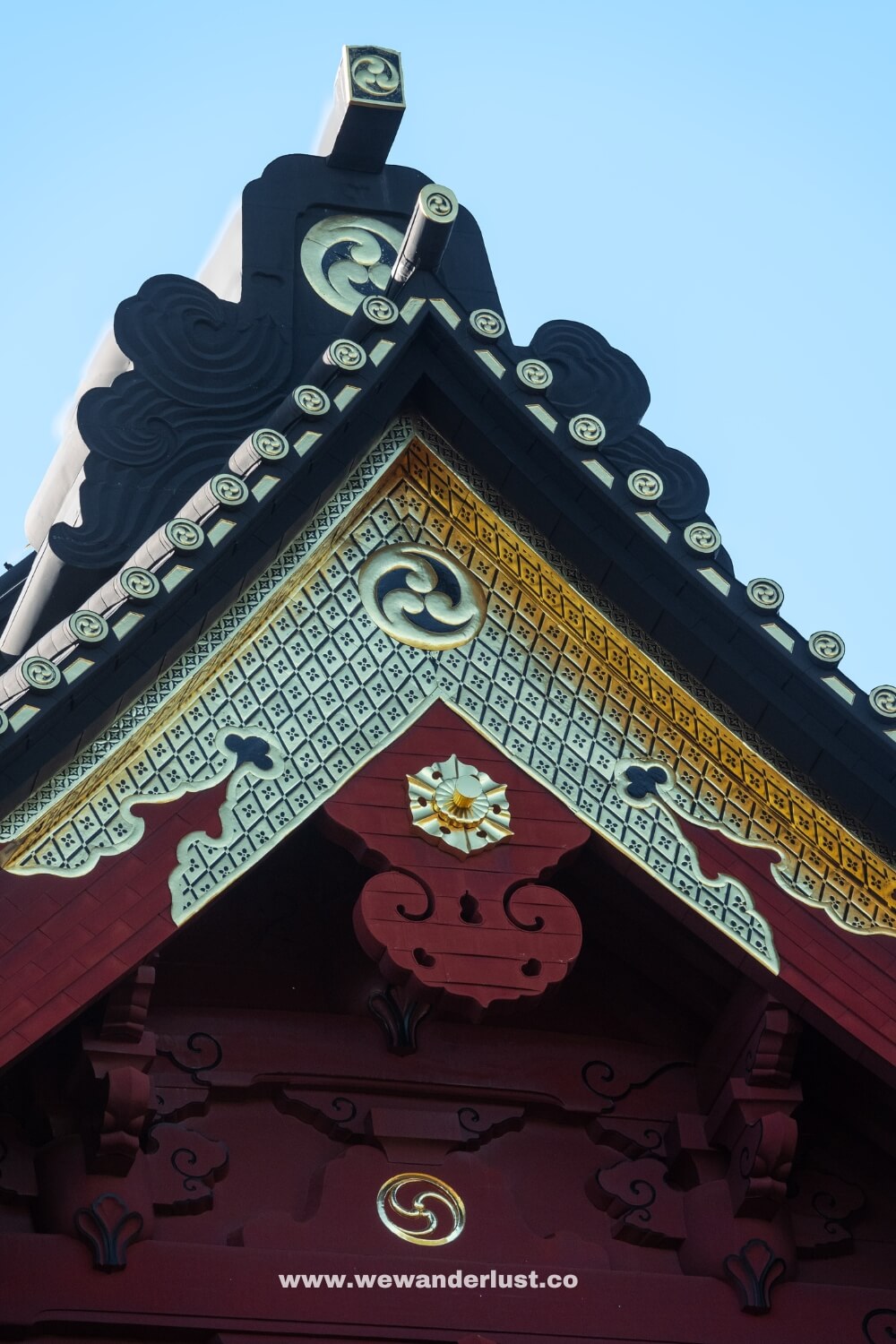
Nikko is located about 150 km north of Tokyo in the Tochigi Prefecture. You can take a bus, or train, or rent a car to visit Nikko. The most common way is by bullet train from Tokyo to Nikko. You can take a scenic 2-3 hour train ride to this historic mountain town that offers natural beauty with plenty of UNESCO World Heritage attractions. Not only that but it is set within Nikko National Park.
With so much to see and do, Nikko stands out as one of the top day trips from Tokyo. It is easily one of the prettiest places we’ve visited, especially in autumn.
By the end of this post, you’ll know exactly how to get to Nikko, what passes you need, and the most efficient and fun ways to spend your time around Nikko.
Day trip to Nikko from Tokyo Key Takeaways
- Nikko is an excellent day trip destination from Tokyo, located about 150 km north of the city
- Our detailed day trip itinerary includes attractions like Shinkyo Bridge, Rinnō-ji Temple, Nikkō Tōshōgū, Futarasan Shrine, and Kanmangafuchi Abyss as well as alternative routes to Kengon Falls and Lake Chuzenji.
- We lay out the transportation options to Nikko from Tokyo, such as the Tobu train and JR Pass routes.
- We discuss the value of the Nikko Pass for a one-day trip and whether it’s worth getting.
- Nikko is worth a day trip, and even though more time would be ideal, a day trip offers a fulfilling experience.
*WeWanderlustCo uses affiliate links. If you purchase through these links, we will receive a small commission at no extra cost to you. Thank you!
Day trip to Nikko from Tokyo Interactive Map
No time to read the full Nikko Travel Guide? No worries! Here’s an interactive map for this Nikko day trip that you can take on the go :
Click here to get the interactive map
If you’re on a budget and plan to take a day trip to Nikko with a JR (Japan Rail) Pass, consider getting the Nikko Pass (World Heritage Area) to save more money. This pass includes unlimited local bus and train rides, additional discounts for theme parks, restaurants, souvenirs, and return train tickets from Tokyo to Nikko.
A limited express return ticket from Tokyo to Nikko costs more than the Nikko Pass World Heritage Area, so purchasing the pass will save you money. Since this is a one-day itinerary, we recommend paying the extra fee to take the limited express train to get to Nikko faster. Even with the upgrade, you’ll still save money overall.
Let’s crunch some numbers.
The Nikko Pass for adults costs ¥2,120 (~14 USD). If you add the limited express return ticket fee, which varies from ¥2,940 (~20 USD) depending on time and day, your total will not exceed ¥5,060 (~33 USD). In comparison, a regular return ticket on the Tobu Nikko line from Asakusa is ¥5,500 (~36 USD).
Nikko day trip itinerary
This is how to take the best day trip to Nikko from Tokyo in 2024 (by Train)
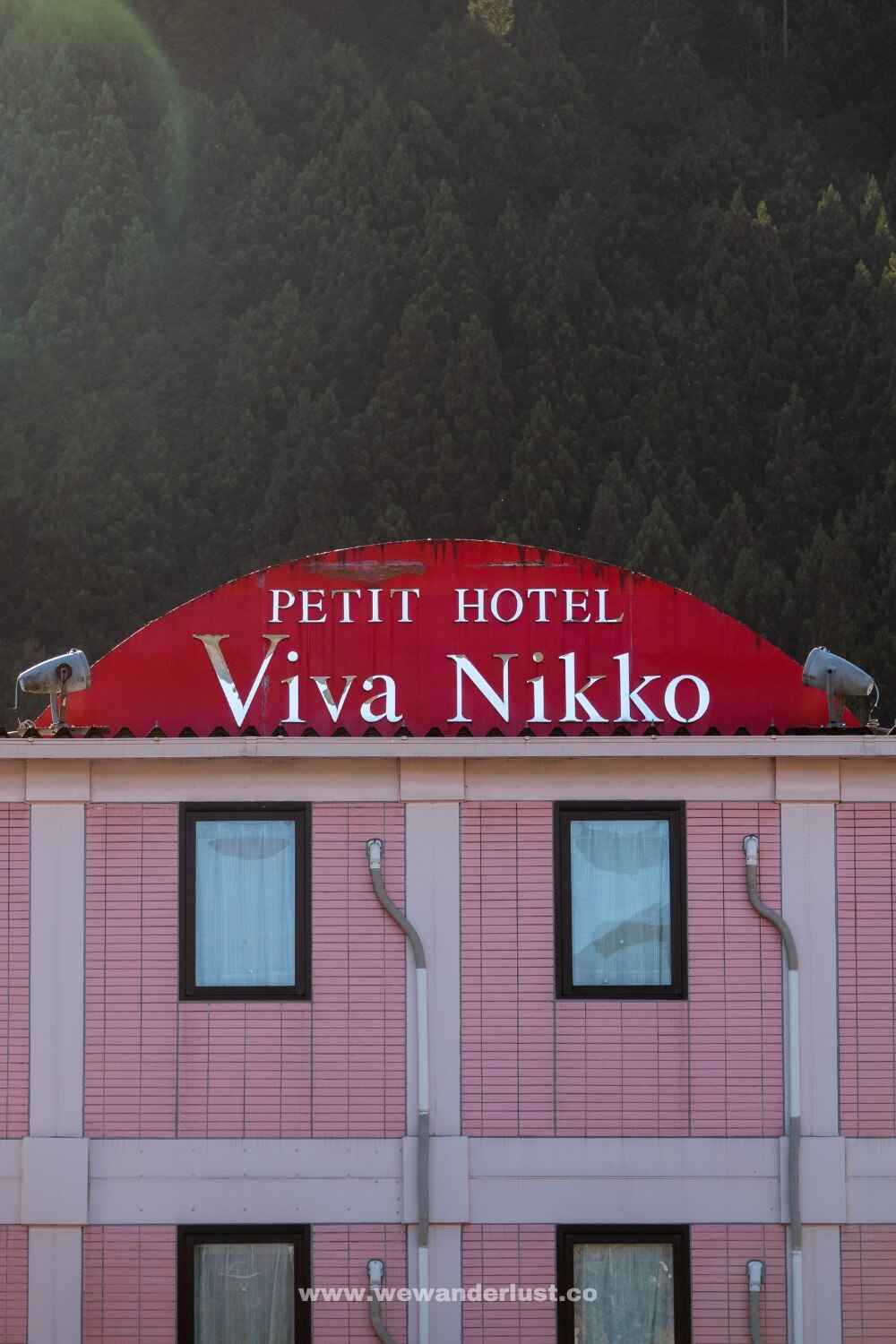
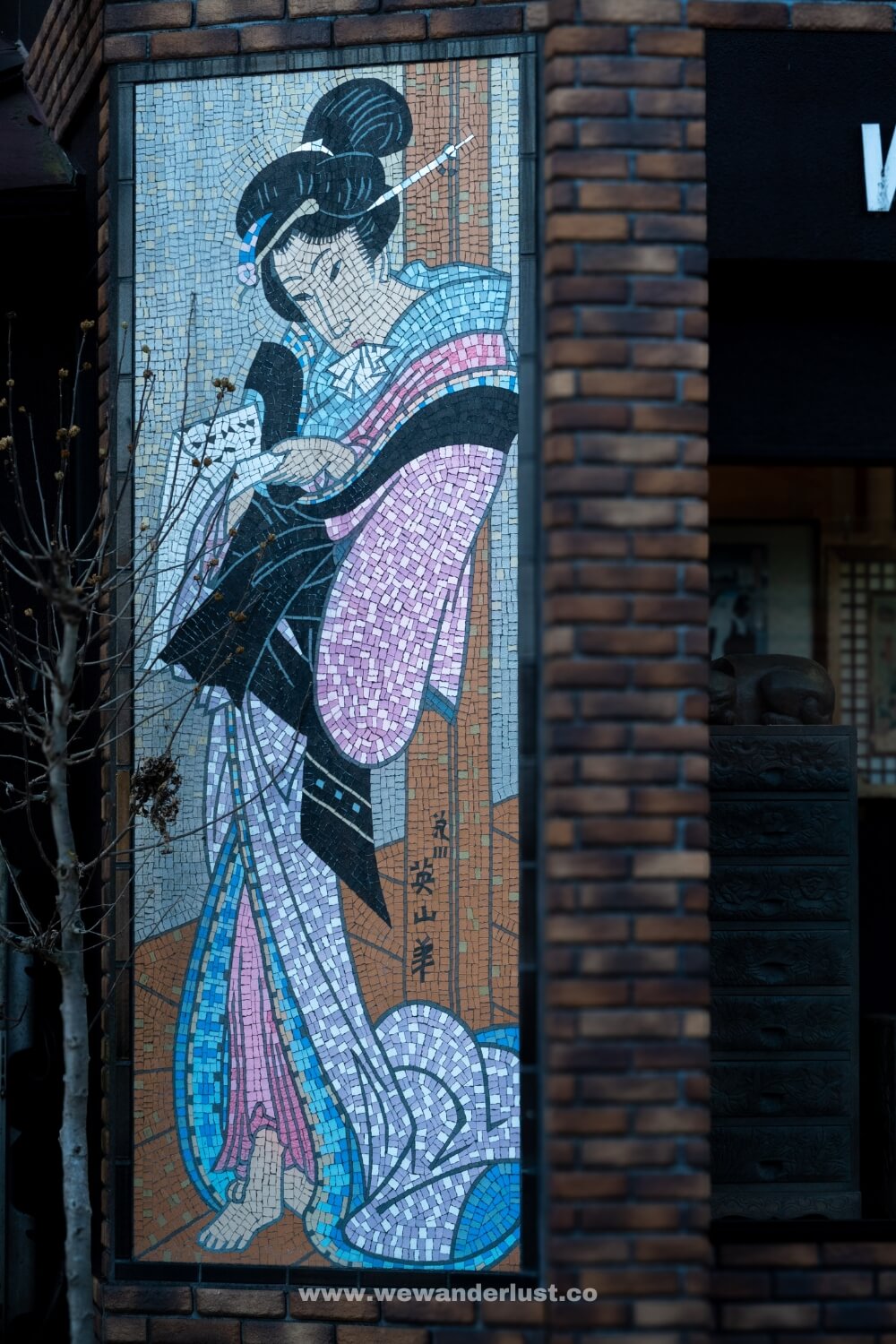
Take the train from Tokyo to Nikko.
To maximize your time on your day trip to Nikko, leave as early as you can and we mean 6 am. The 2-3 hour train ride from Tokyo to Nikko means less time for exploration if you depart later.
Later in this article, we have a section that explains how to travel from Tokyo to Nikko, whether you have a JR Pass or not along with alternatives.
We traveled to Nikko by train, taking advantage of our 21-day Japan Rail Pass. Since we were traveling from Utsunomiya – the gyoza capital, it only took us around 40 minutes to Nikko Station but since you’ll be leaving from Tokyo here’s what you’ll need to do:
Get the Nikko Pass to save more money on all the transportation that you’ll be using throughout the day. The Nikko Pass allows you unlimited train travel on the Tobu Nikko Line from Tobu Asakusa Station to Tobu Nikko Station. When you get to Tobu Nikko Station, you can use the pass for unlimited bus and train rides within certain areas. We took a 30-minute scenic walk up to Shinkyo Bridge (our first stop) but for this itinerary, it’s best to take the bus towards Shinkyo Bridge directly from the station.
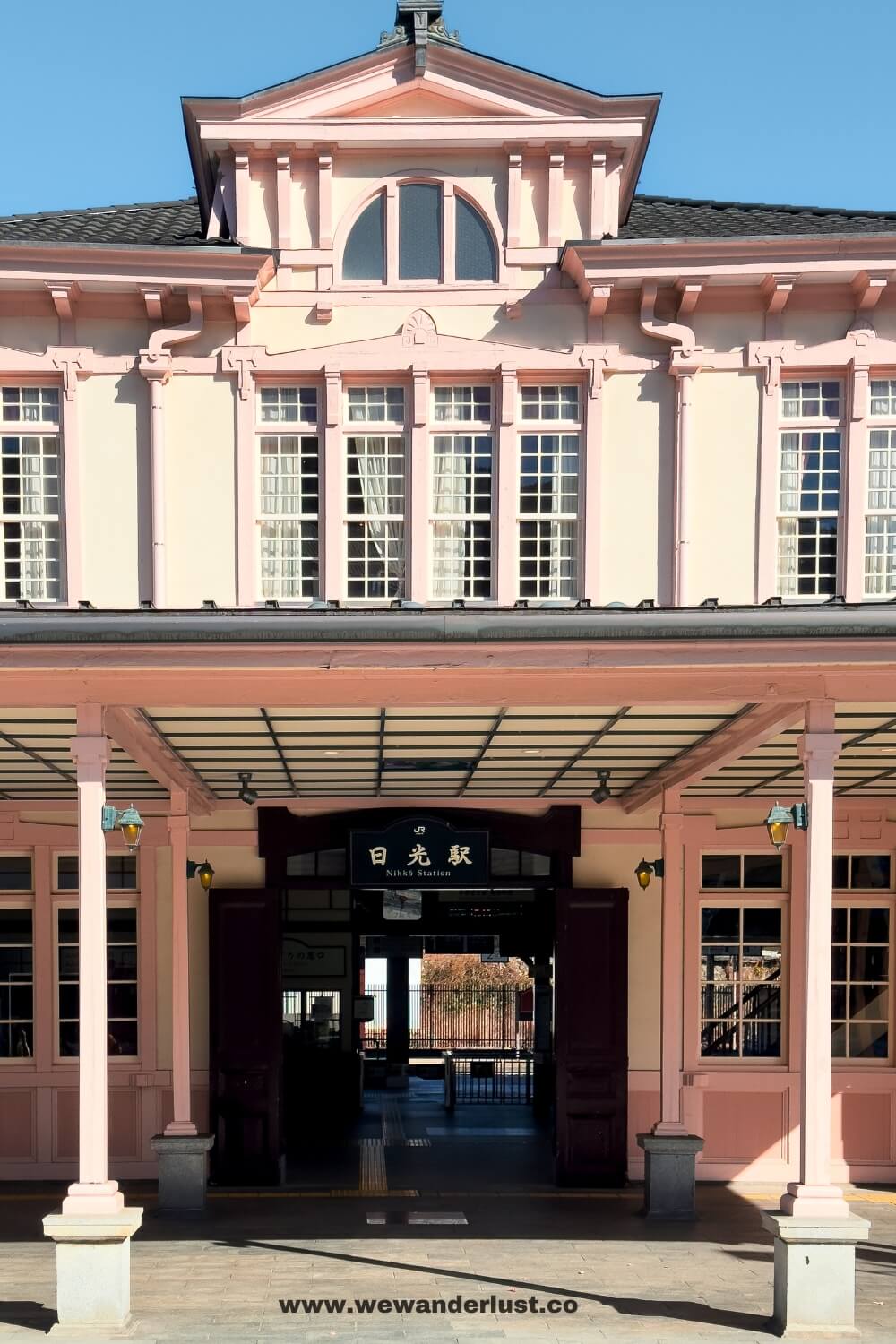
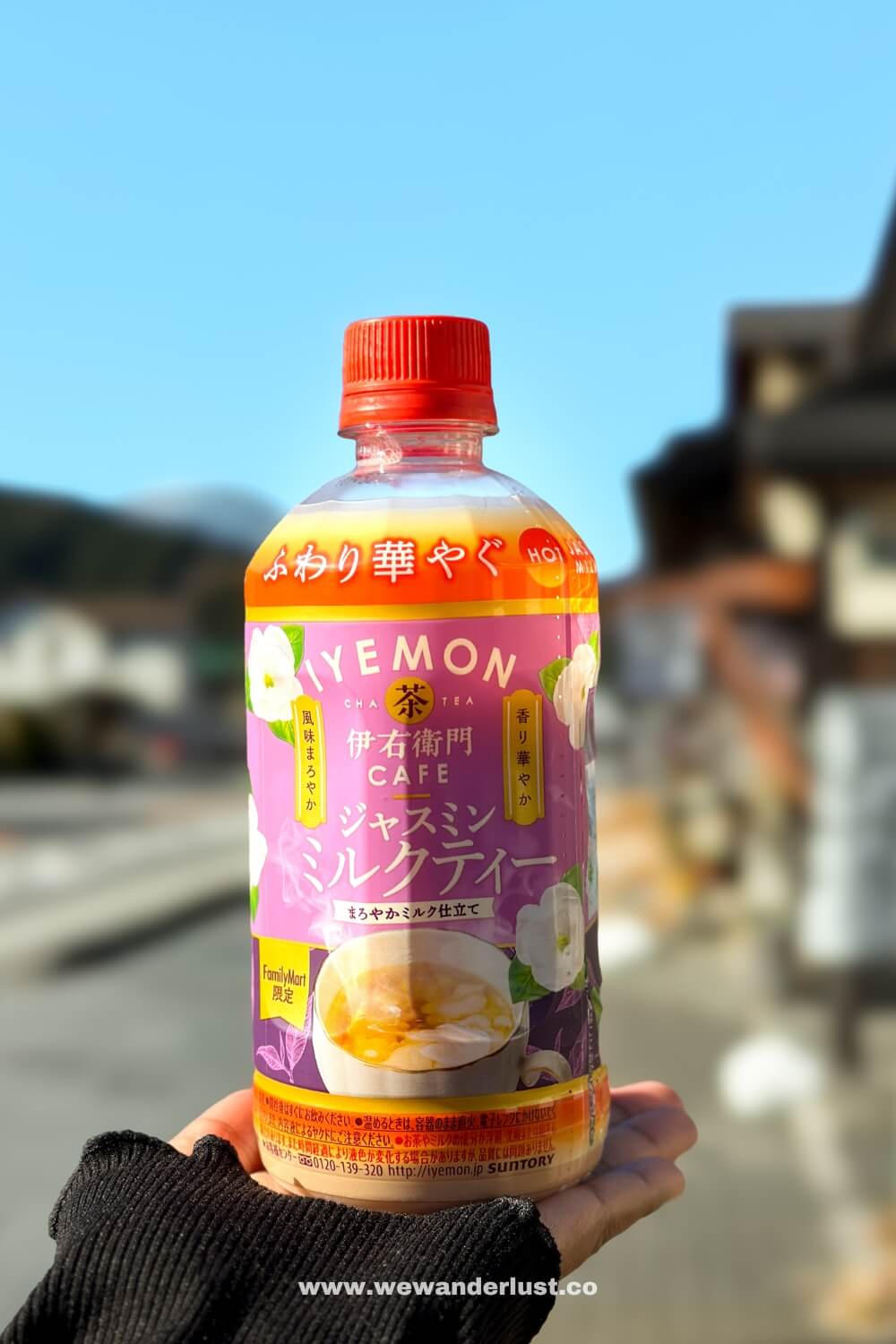
Nikko’s regular buses run every 15 minutes from the train stations to the major attractions. There is also a different bus called the World Heritage Sightseeing Bus. You can get the Tobu Bus World Heritage Sightseeing Pass at the counter which you can use for unlimited access for a 1-day loop to all the UNESCO World Heritage sites, other attractions, gourmet restaurants, and the best part, you can hop on and off as you please.
Tip: Don’t forget to collect your Eki stamp at Nikko Station. Most train stations in Japan especially JR (Japan Rail) stations have unique stamps at each station where travelers can collect ink stamps as souvenirs.
We love that The JR Nikko Station and Tobu Nikko Station each have tourist information centers. The JR Nikko Station Center is more spacious and quiet compared to Tobu Nikko’s which is usually crowded. The visitor center sits right past the ticket gates, accessible from the main concourse. You can purchase limited express train tickets and local bus passes at the counters as well.
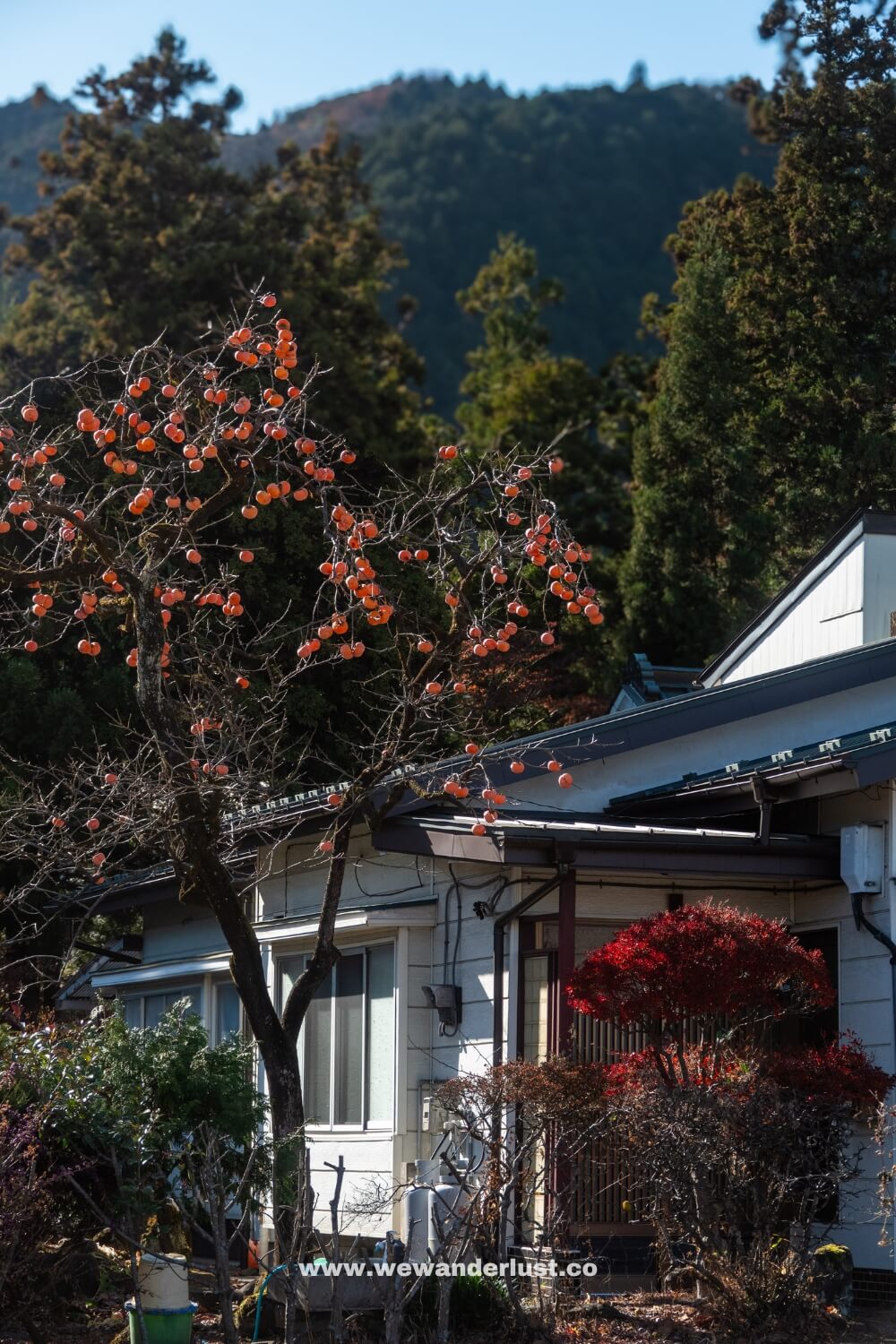
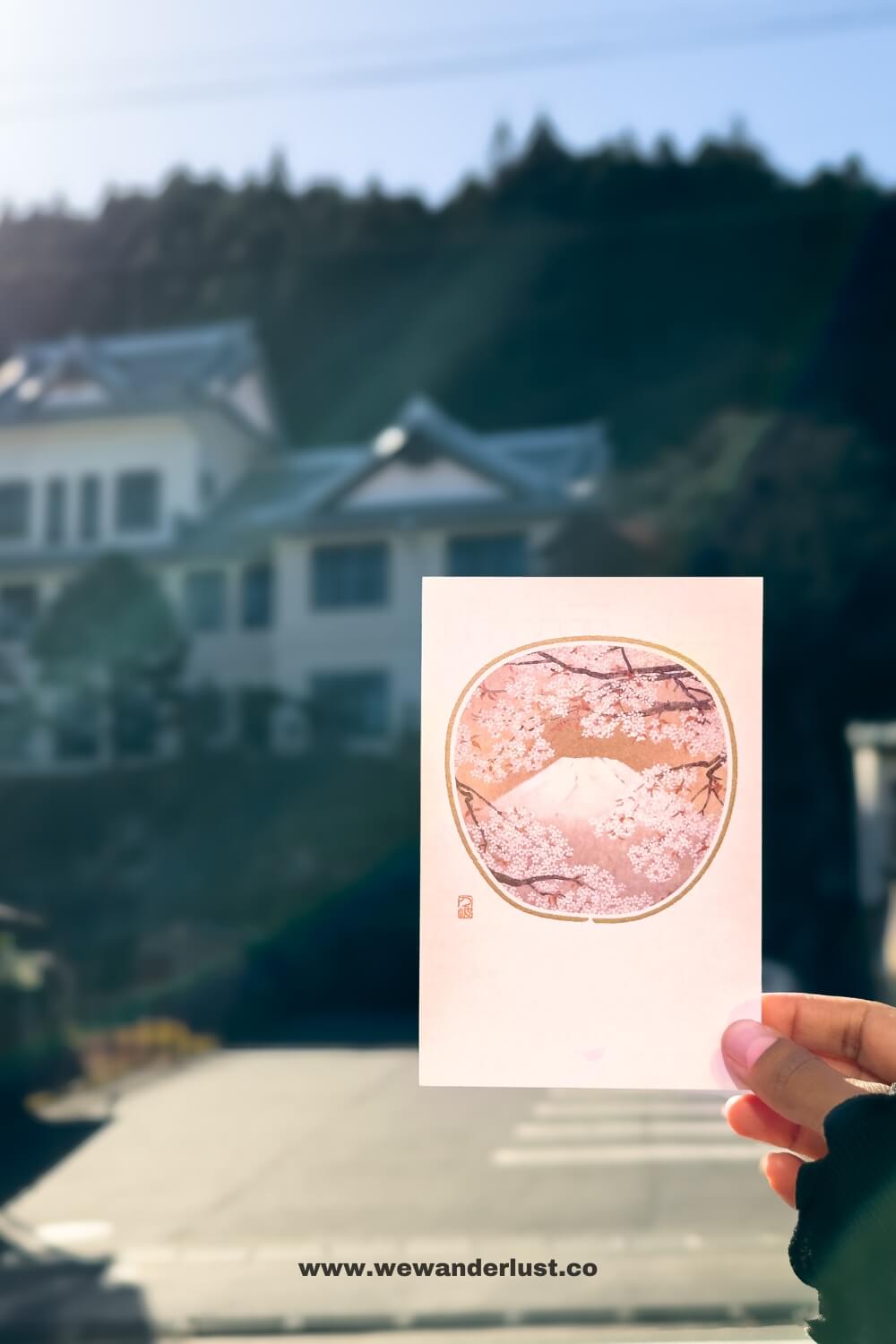
You’ll also find sightseeing brochures for both the Nikko and Kinugawa areas. The staff there are helpful, and friendly, and can also provide suggestions on how to spend your day there so don’t worry if you don’t feel prepared!
Tip: If you decide to walk or do some hiking, don’t forget to stop by a Konbini (convenience store) close to both stations to pick up some snacks before heading out.
On your way up to the first stop, you can even buy unique postcards at the Nikko Post Office and send some postcards to family and friends back home.
Where To Stay in Nikko: See all stays
Shinkyo bridge
Nikko’s famed Shinkyo bridge, spanning the Daiya River at the entrance to Nikko National Park, makes a perfect first stop on our Nikko one-day itinerary. The Shinkyo Bridge, also known as the Sacred Bridge is a red-arched bridge that is a 5-minute bus ride or a 30-minute walk from Nikko Station.
As the gateway to Nikko’s World Heritage sites, the graceful Shinkyo Bridge offers a beautiful preview of the natural and cultural treasures found within the park. Originally built in the 17th century, this beautiful vermilion-colored bridge was washed away in 1902 but later reconstructed.
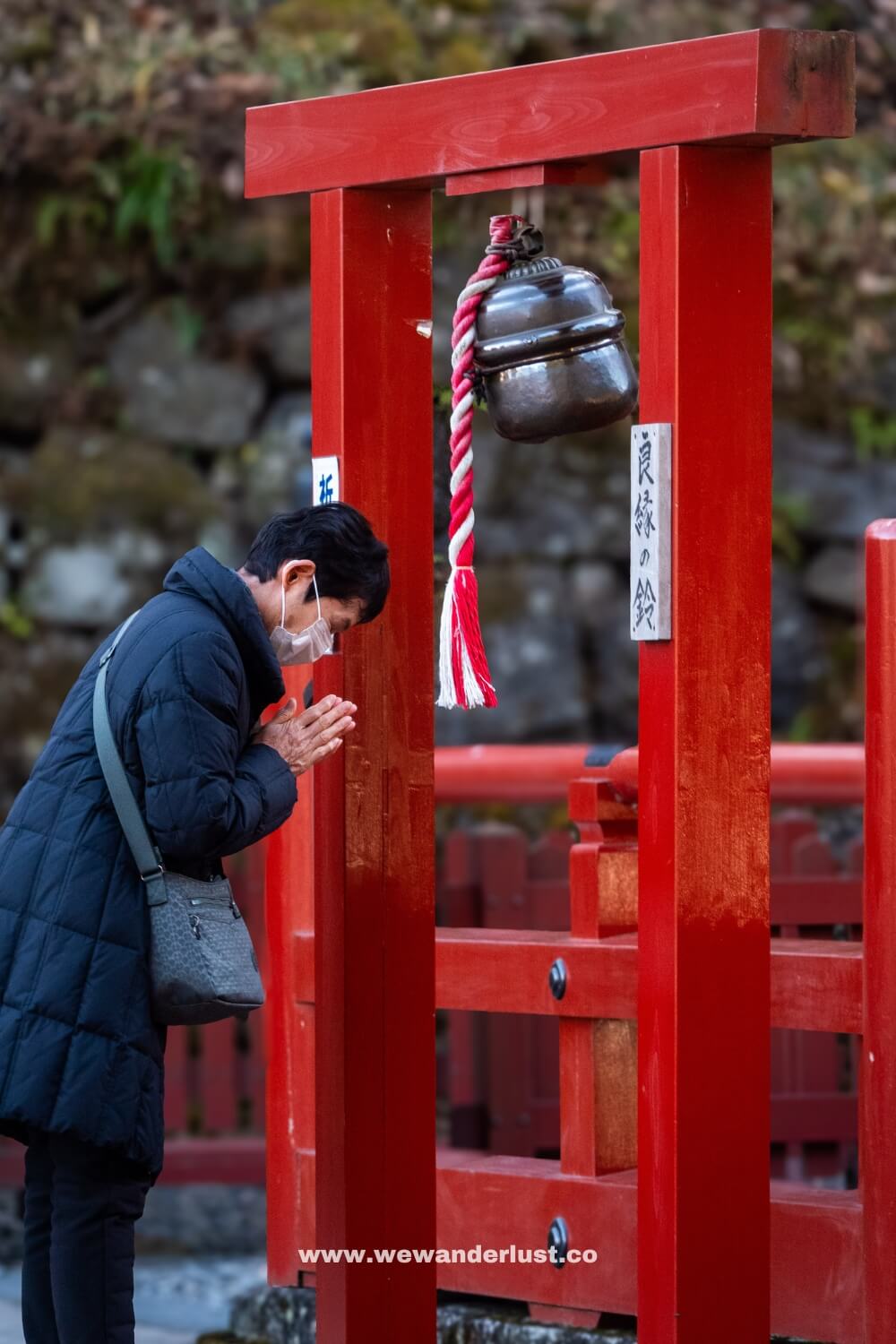
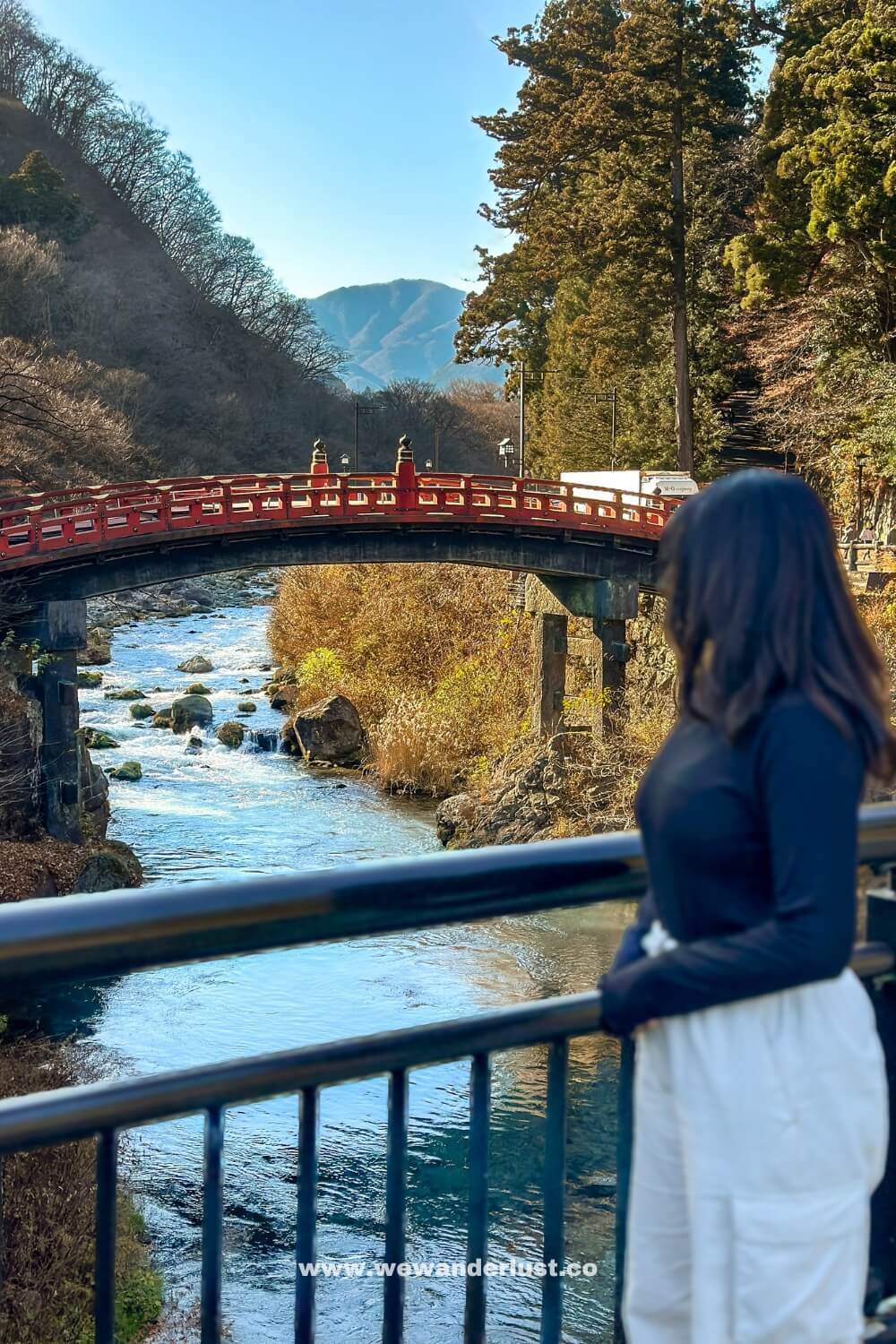
Legend has it that a Buddhist monk called upon deities to help construct the bridge, and two serpents arose from the river and arched their bodies to form the structure. This lore adds to the mystique surrounding the iconic bridge. Shinkyo Bridge looks incredible during fall especially when autumn foliage forms its backdrop. We went the first week of December and most of the leaves had fallen so we recommend the best time to visit Nikko is mid-October to early November.
| Entry Fee: 300 yen (~ 2 USD) Hours: 8:30 AM to 4 PM (April to October), 9:30 AM to 3 PM (November to March) |
Grab a morning coffee at Hongu cafe
Hongu Cafe is a hidden gem. The cafe is tucked away in the forest across from Shinkyo Bridge. Take a different turn and you’ll miss it. You’ll know exactly where it is when you catch a whiff of freshly brewed coffee.
Step inside and you’ll find a charming, cozy oasis where time slows down. The rustic decor, warm lighting, and outdoor seating create a relaxing atmosphere perfect for lingering over coffee, conversation, or a good book.
But the true stars are the expertly crafted coffee and a delectable array of flaky croissants, rich cakes, and other confections. Have breakfast here or sip a robust brew paired with a decadent dessert, like the signature coffee and cake set, and savor the symphony of flavors while enjoying the outdoor scenery and fresh air.
| Price per person: ¥1,000–2,000 (7-13 USD) Hours: 10 AM – 5 PM, Closed Thursdays |
Rinnō-ji temple
Nikko has many temples, but it is also home to the renowned Rinnoji Temple, a must-see site in the city’s World Heritage Area. Although Rinnoji Temple was founded 1,200 years ago by the Buddhist monk Shodo, it remains an active place of worship and a training ground for Tendai monks to this day.
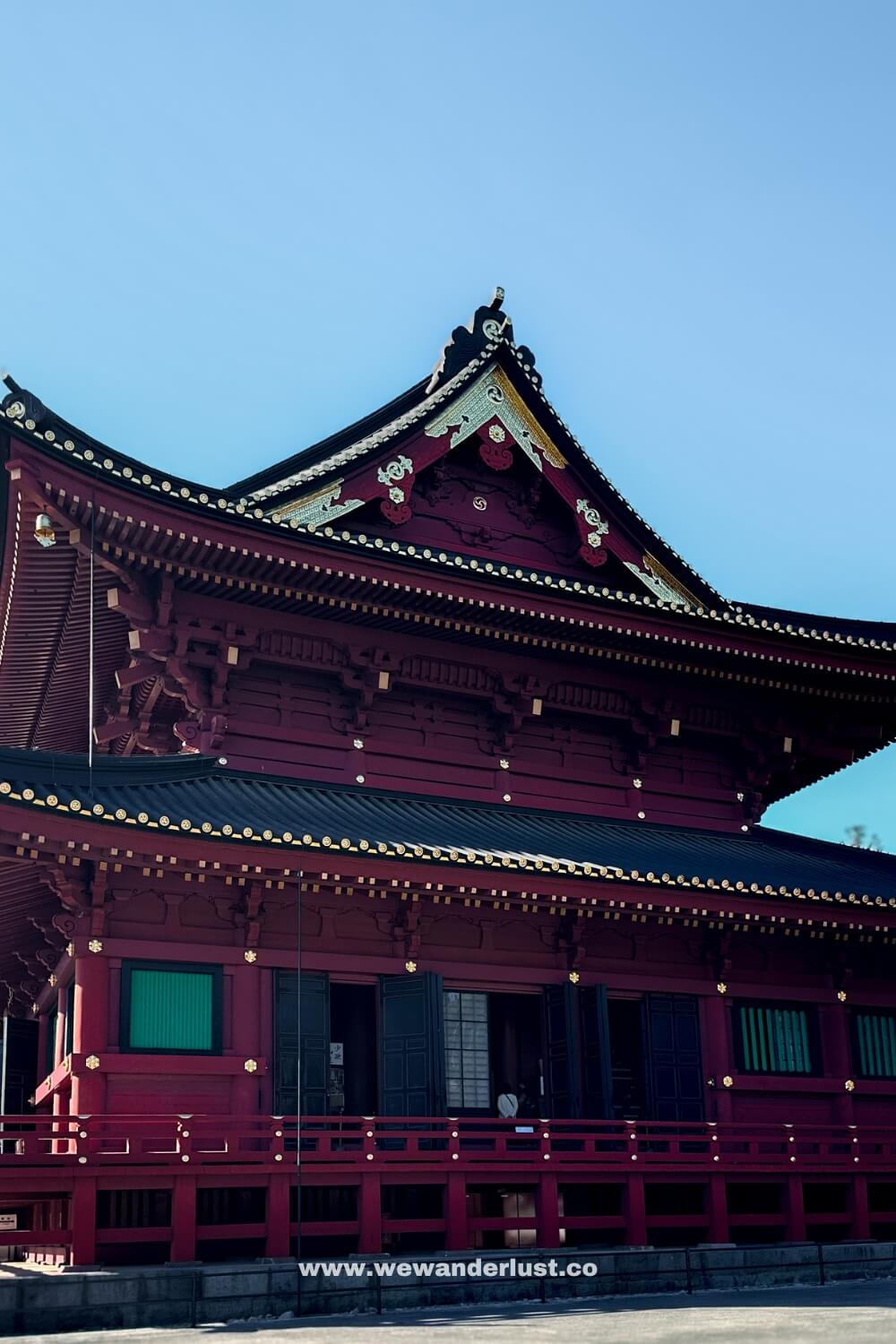
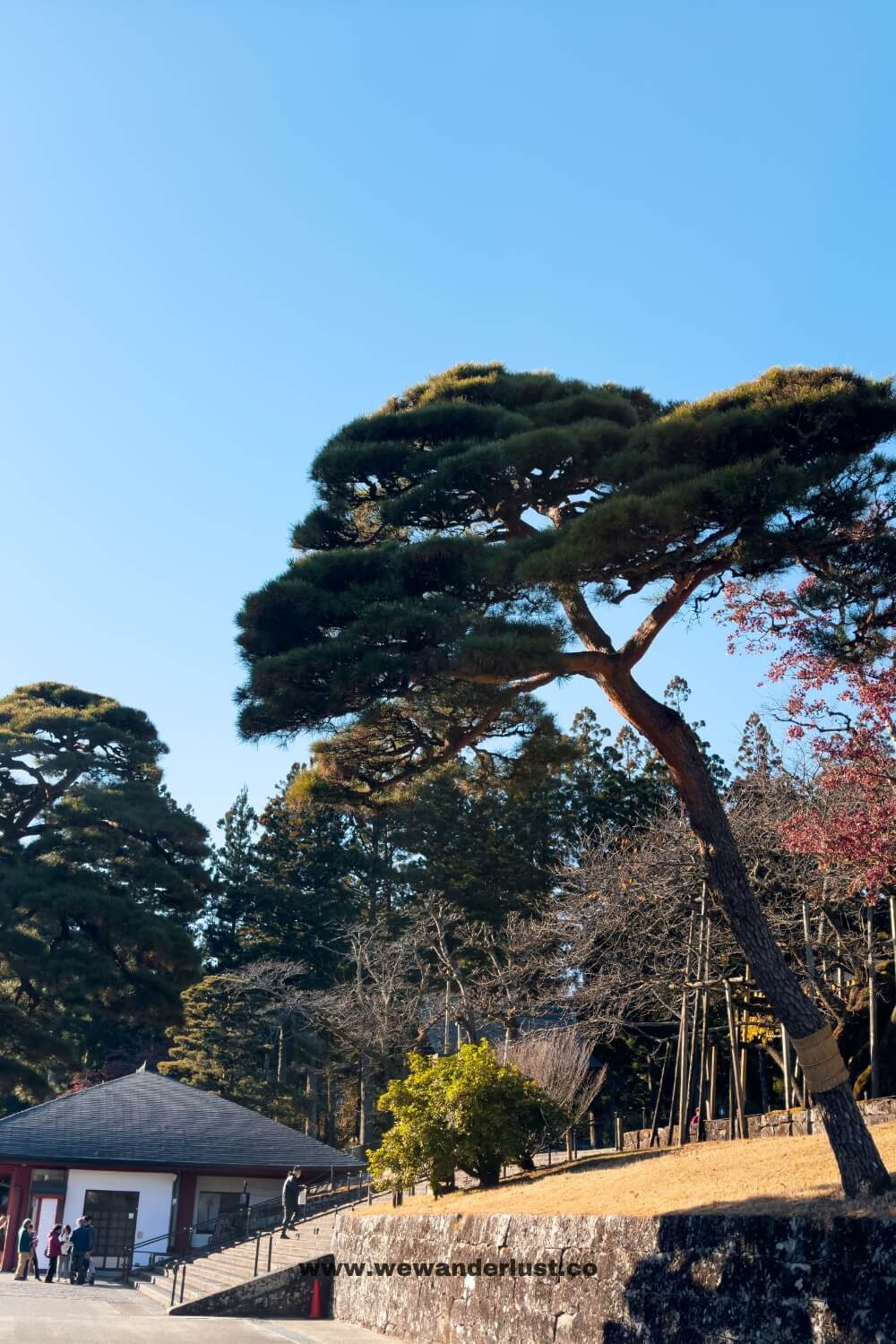
The temple houses eight-meter-tall gold statues depicting the deities of Nikko’s mountains. Behind the shrine lies a Japanese garden open to visitors for a small fee, but we skipped it given our tight schedule and limited time.
| Admission Fee: 400 yen (Sanbutsudo only) 900 yen (Sanbutsudo and Taiyuin) 300 yen (Treasure House and Shoyoen Garden) Hours: 8 AM – 5 PM (until 4 PM from November through March), last entry is 30 minutes before closing. |
Nikkō Tōshōgū
Nikko Toshogu is the most popular attraction in Nikko and where you might spend the most time admiring the ornate architecture with intricate carvings and decorations. This temple honors Ieyasu Tokugawa, a samurai leader and shogun who initiated the Edo period, by enshrining his remains in a tomb that you can visit as well.
Upon entering the main temple grounds, you will see 101 moss-covered stone lanterns, some of which were donated centuries ago by a lord who had fought alongside Ieyasu Tokugawa to establish the Tokugawa Shogunate – the Edo-era military government that ruled Japan for over 250 years. Approaching the main entrance, you will be greeted by a magnificent towering five-storied pagoda called Gojunoto.
Fun fact: The elevation gain coming up here is as high as the Tokyo Sky Tree at 634m!
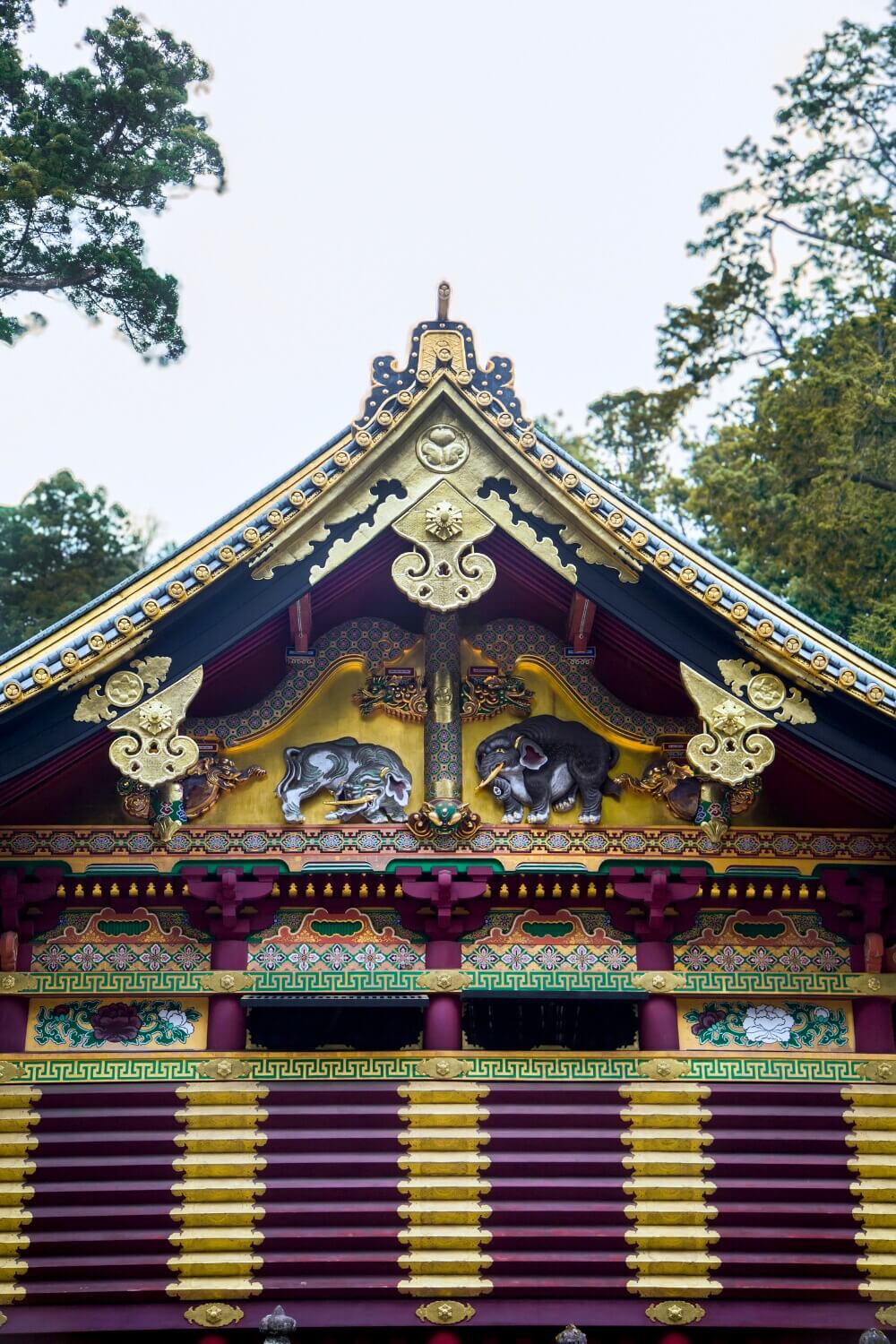
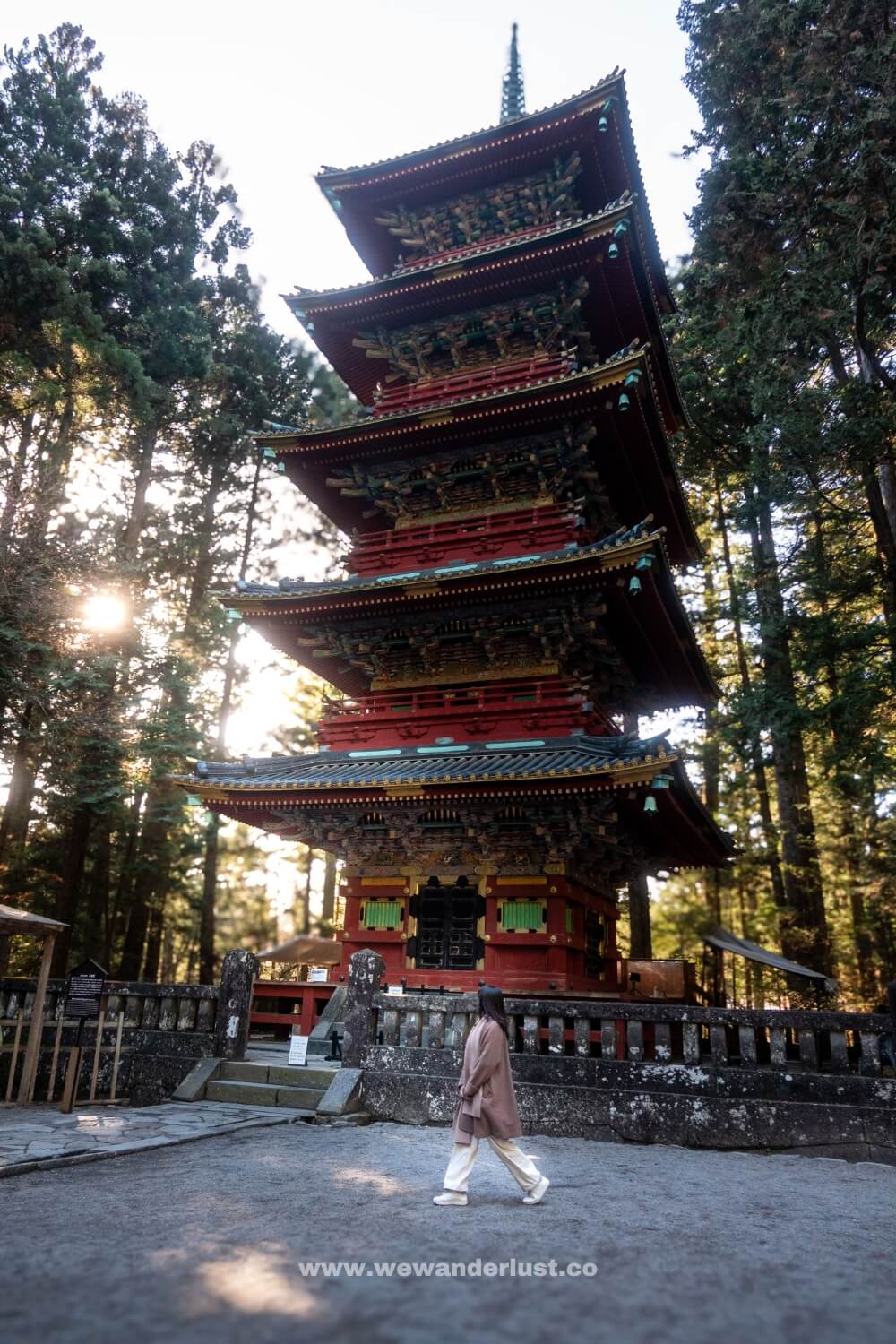
To go inside the temple, you have to pay a fee. If you love history, architecture, and unique buildings with ornate carvings, then it is definitely worth it to go inside. The shrine is famous for its intricate carvings, vibrant colors, and gold leaf details both inside and out. It also has a unique architectural style called gongen-zukuri, where the main building and worship hall are connected by a stone walkway under one roof.
The Toshogu Shrine stands out for its unique character and style when compared to other Japanese shrines, including the well-known temples and shrines of Kyoto.
| Admission Fee: Adult 1300yen (~8 USD) Child 450yen (3 USD) Disabilities Discount 100yen Hours: 9 AM – 5 PM (April to October) and 9 AM – 4 PM (November to March), last entry is 30 minutes before closing. |
After visiting the Toshogu Shrine, you have two options:
- You can visit the nearby Futarasan Shrine or,
- Skip this shrine and head to the Kanmangafuchi abyss. This is if you also plan to visit Kegon Falls and Chuzenji Lake for this one-day itinerary
Futarasan shrine
The Futarasan Shrine is an older and more tranquil place of worship. Although not as ornately decorated as Toshogu, the Futarasan Shrine is dedicated to the god of Mount Nantai and remains one of Nikko’s main places of worship.
The path from Toshogu to Futarasan is lined with tall cedar trees with rays of light leaking through making it so aesthetic. There is a term for this in Japanese called Komorebi (木漏れ日) which means sunshine filtering through the trees. The light feels magical when you walk down the path and will make you appreciate the Japanese countryside even more.
RELATED JAPAN POSTS:
Kanmangafuchi abyss
The mystical Kanmangafuchi Abyss lies in the heart of Nikko National Park. It was created by an ancient eruption of Mount Nantai. This natural gorge runs for several hundred meters along the Daiya River, overlooked by a mysterious row of 70 red-clad Jizo Buddha statues.
Local legend says the number of statues changes each time they are counted. You can take a peaceful stroll along the river which can take around 2 hours but 30-60 minutes is sufficient if you need to visit other areas of the park such as Kegon Falls and Chuzenji Lake.
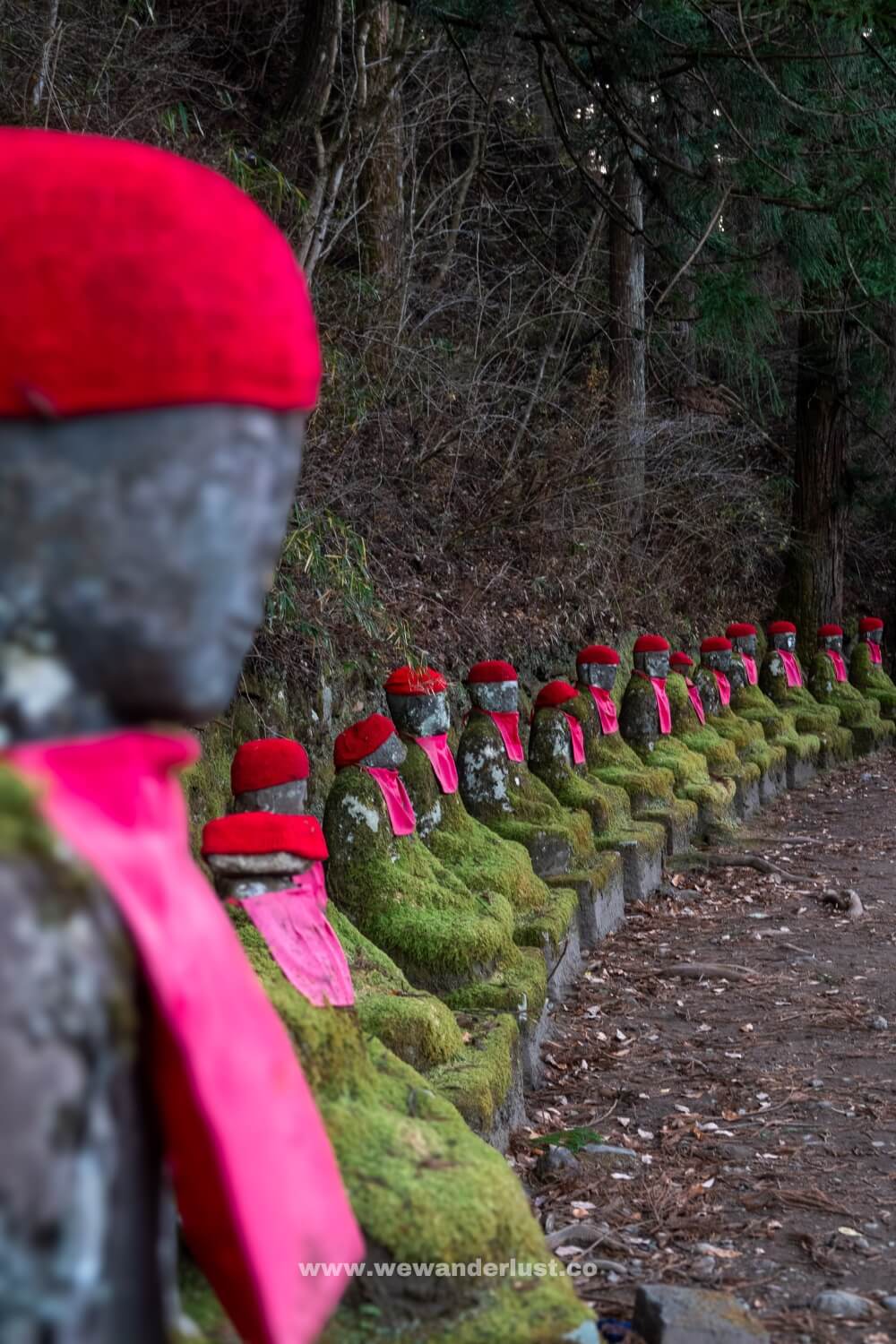
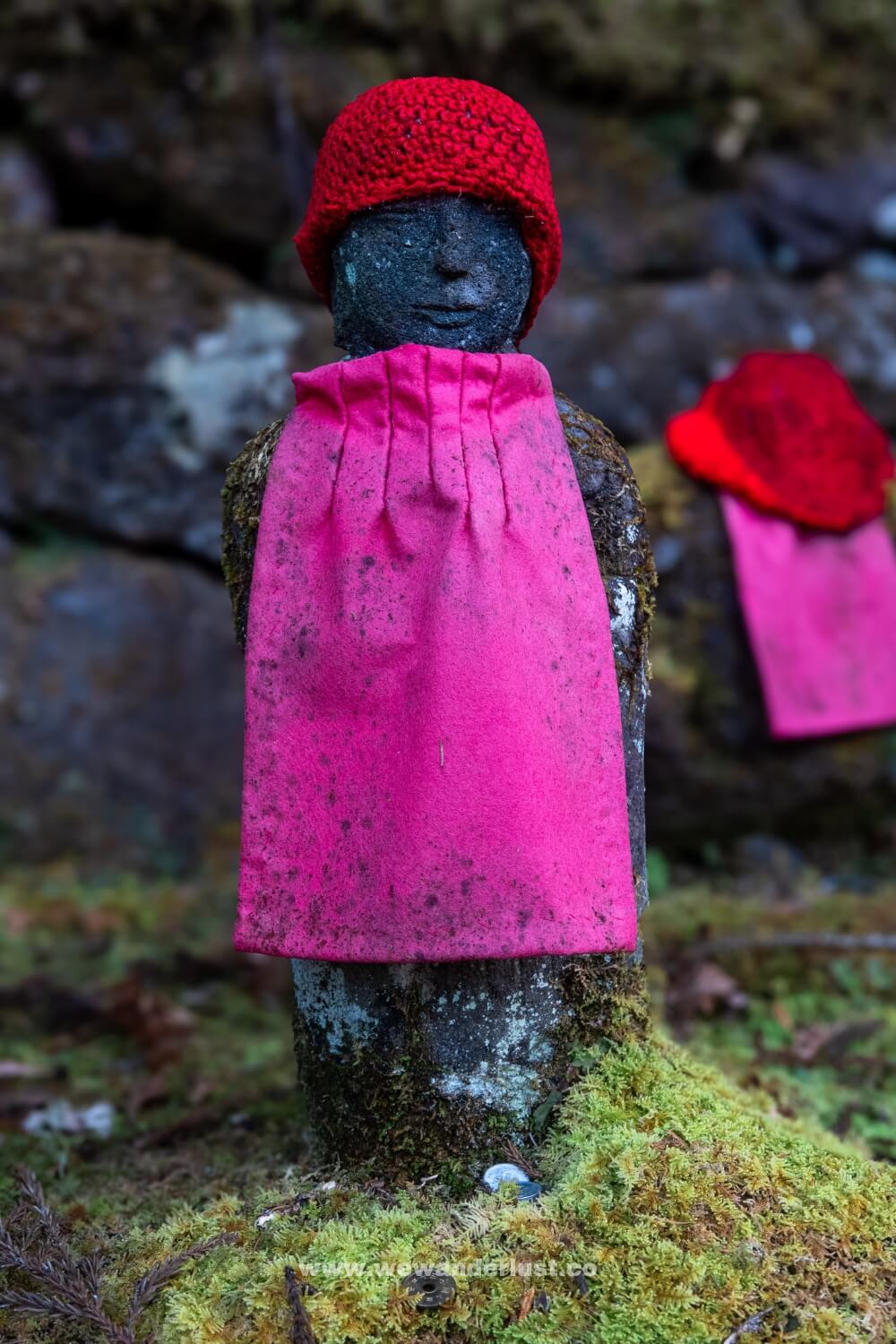
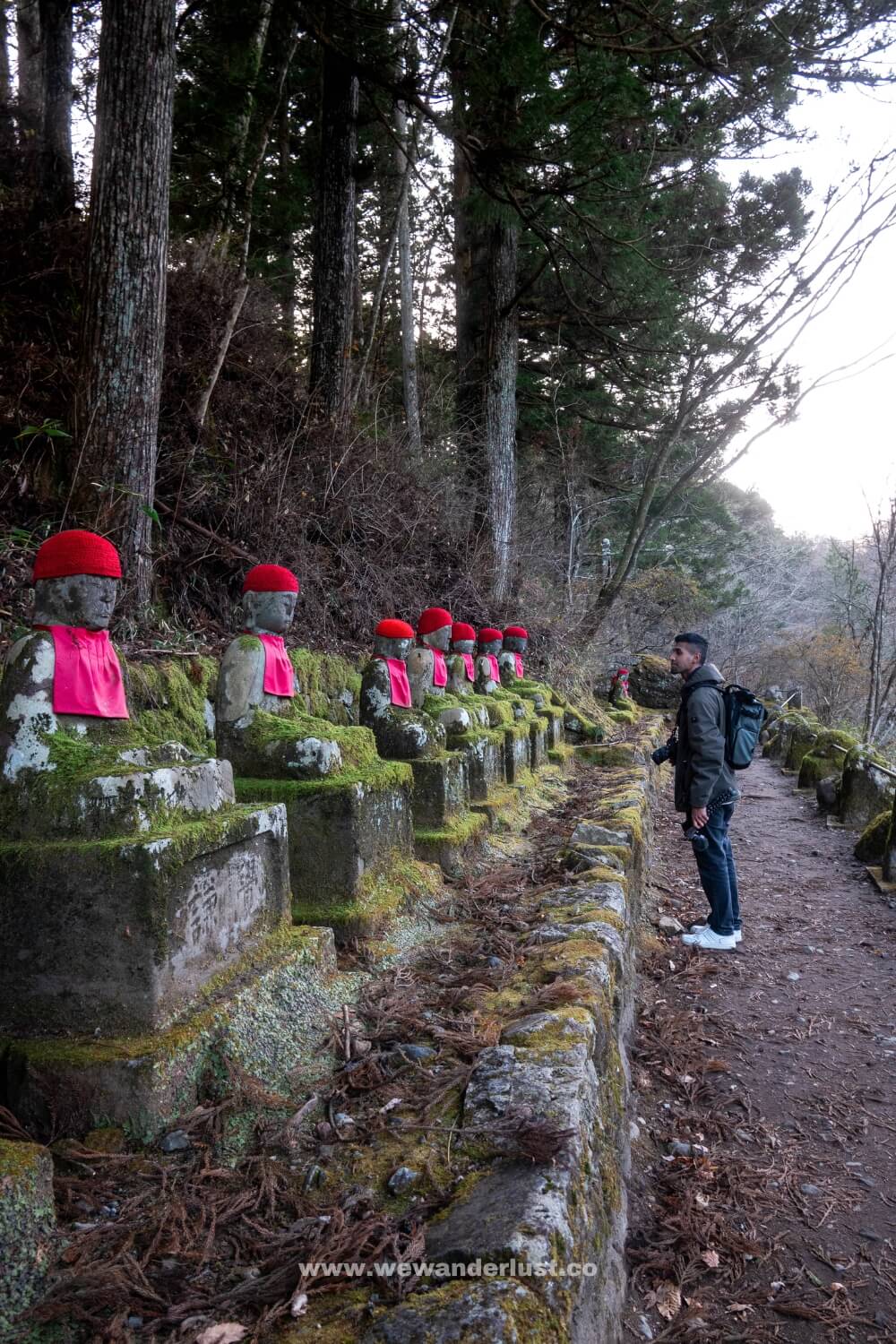
After visiting the Kanmangafuchi abyss, you have a couple of options:
- You can return to the train station and head back to Tokyo or,
- You can take the bus over to Kegon Falls and Lake Chuzenji (an alternative one-day itinerary)
Tip: You will need to walk 15 minutes to this bus stop 安川町(バス)and take the bus to Chuzenji Onsen, a hot spring resort town home to a temple, shrine, nature museum, and the magnificent Kegon Waterfall. From here, take a 3-minute walk over to Kegon Falls. Don’t forget to download the free interactive map above.
Take the train back to Tokyo
If you’re done with the day trip after visiting Kanmangafuchi Abyss, it’s time to head back to Tokyo. From the Tobu Nikko Station, you can catch your train to Tokyo. Nikko can be explored in one day but after finding out there were so many other things to do in Nikko such as so many beautiful hikes, hot springs, and natural wonders like Kegon Falls and Lake Chuzenji one day is hardly enough to experience Nikko fully.
We recommend staying a bit longer next time to explore all of Nikko National Park further. Ideally, you’d want 2-3 days to experience all the beauty that Nikko has to offer. But even just 1 day can show you some of the highlights. After your visit, you might end up wanting to go back and stay longer on your next trip to Japan. We’re definitely going back!
If you decide to continue your day to the Lake Chuzenji area, then keep reading the alternate day trip schedule below.
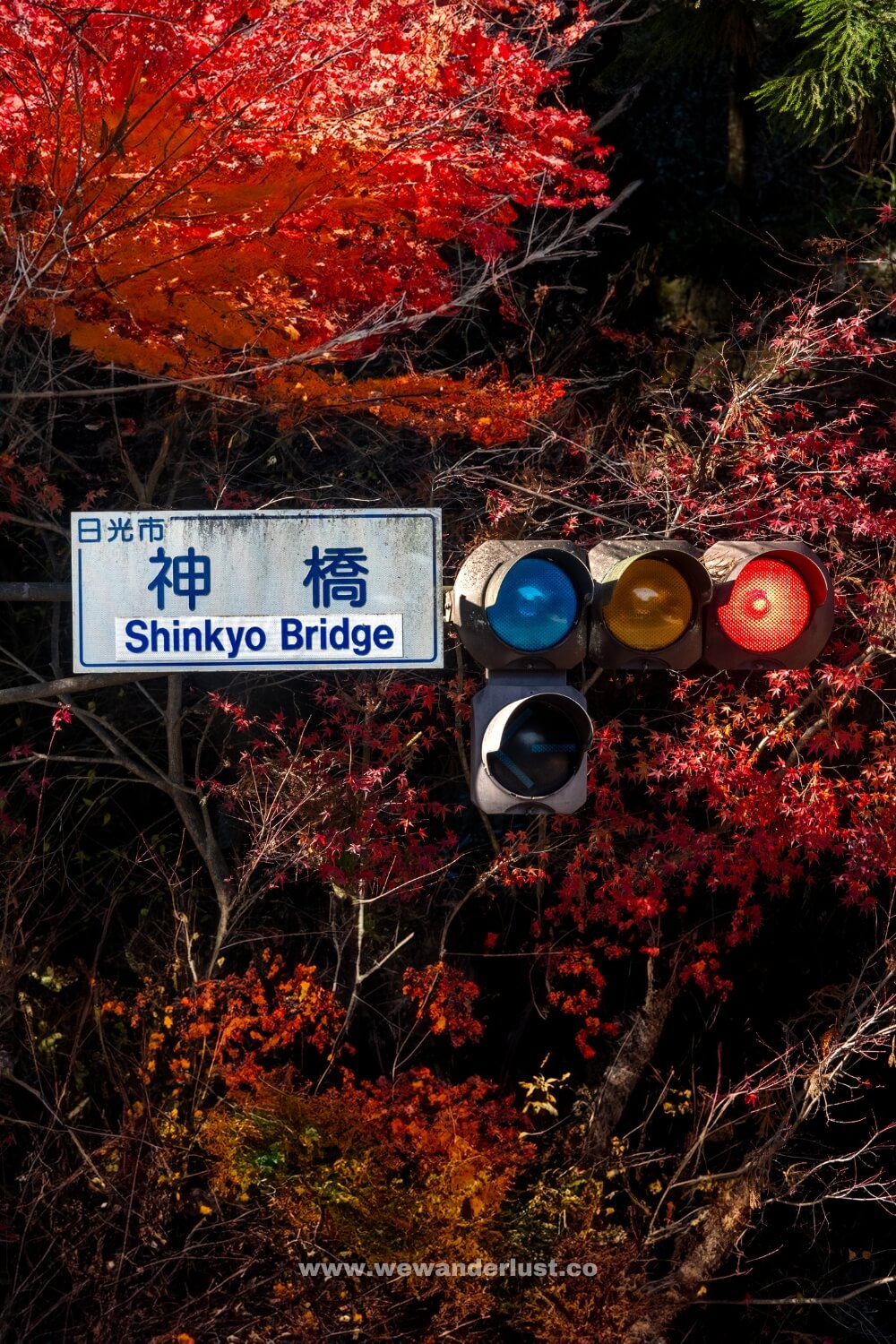
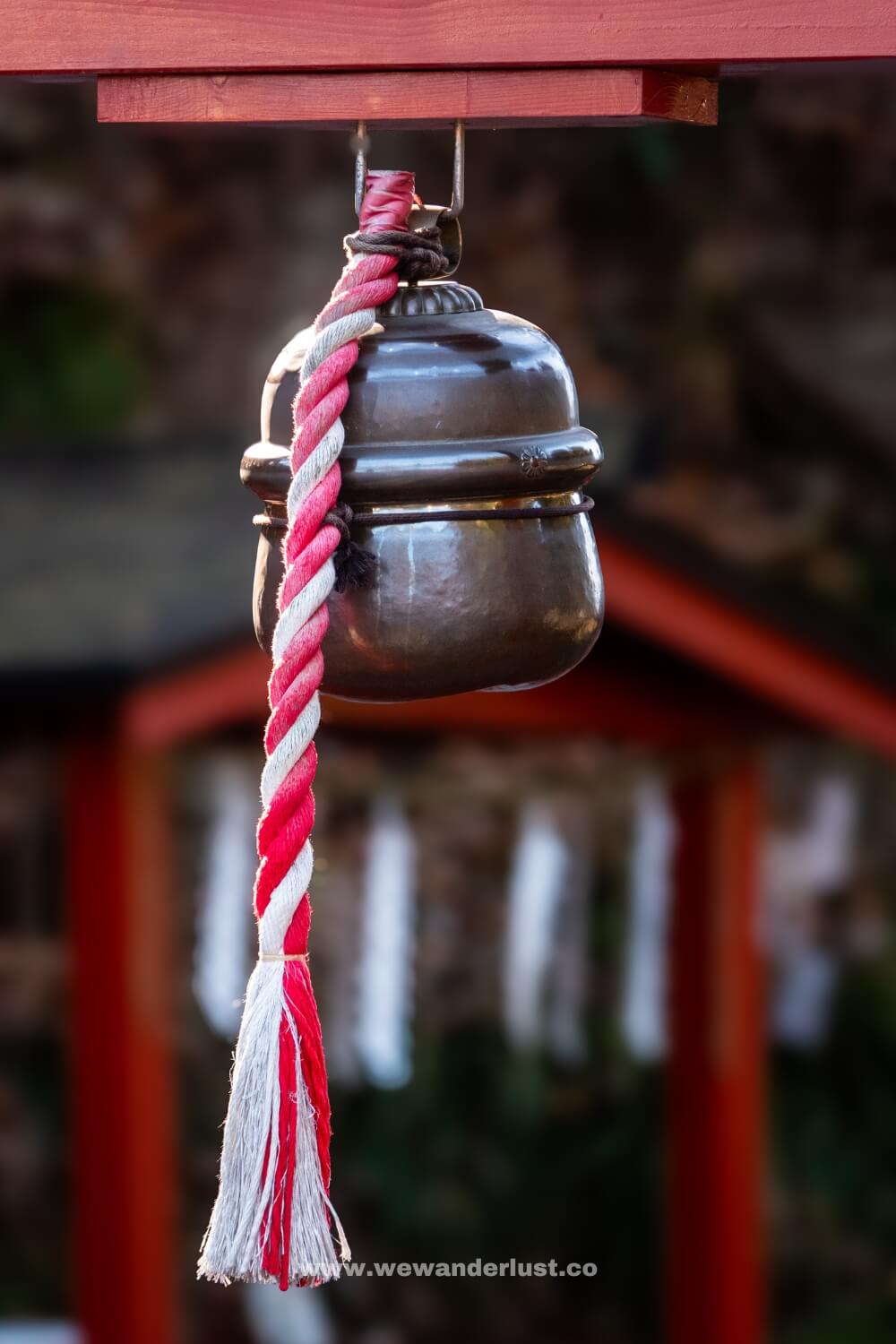
Kegon Waterfall
Kegon Waterfall is a 100-meter waterfall that is considered one of the three most beautiful waterfalls in Japan. Kegon Falls is the main source of drainage for Lake Chuzenji’s waters. Both Kegon Falls and Lake Chuzenji as part of Nikko National Park were formed 20,000 years ago after an eruption of Mount Nantai blocked the valley below.
Kegon Falls is surrounded by 12 smaller waterfalls and lush greenery and since it faces east you often see the sunlight shining through the mist creating pretty rainbows. Photos don’t do it justice. It’s definitely better to see it in person.
You can view Kegon Falls from two vantage points: a free upper deck overlooking the falls from above, or a paid lower observatory with a head-on view only accessible by elevator.
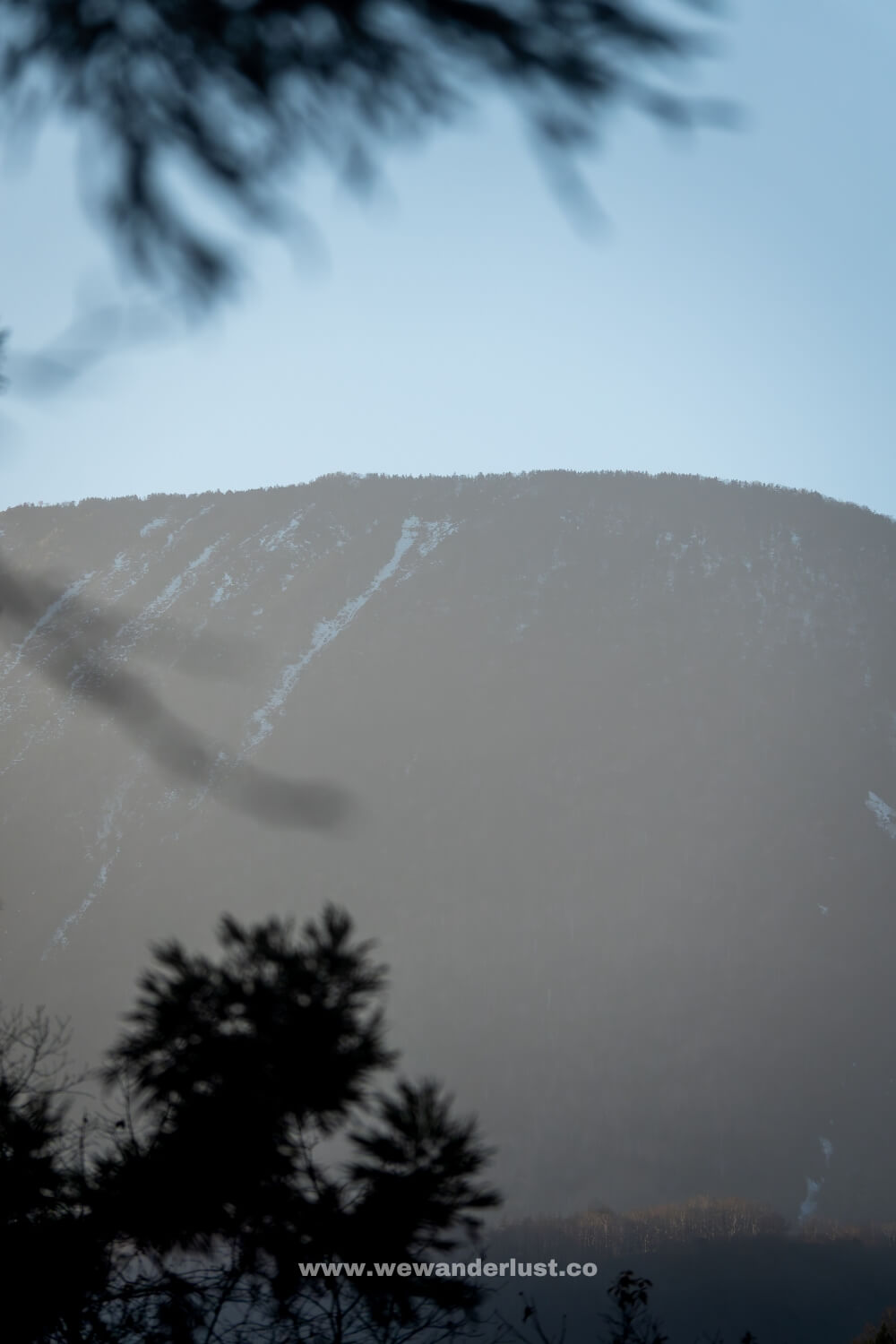
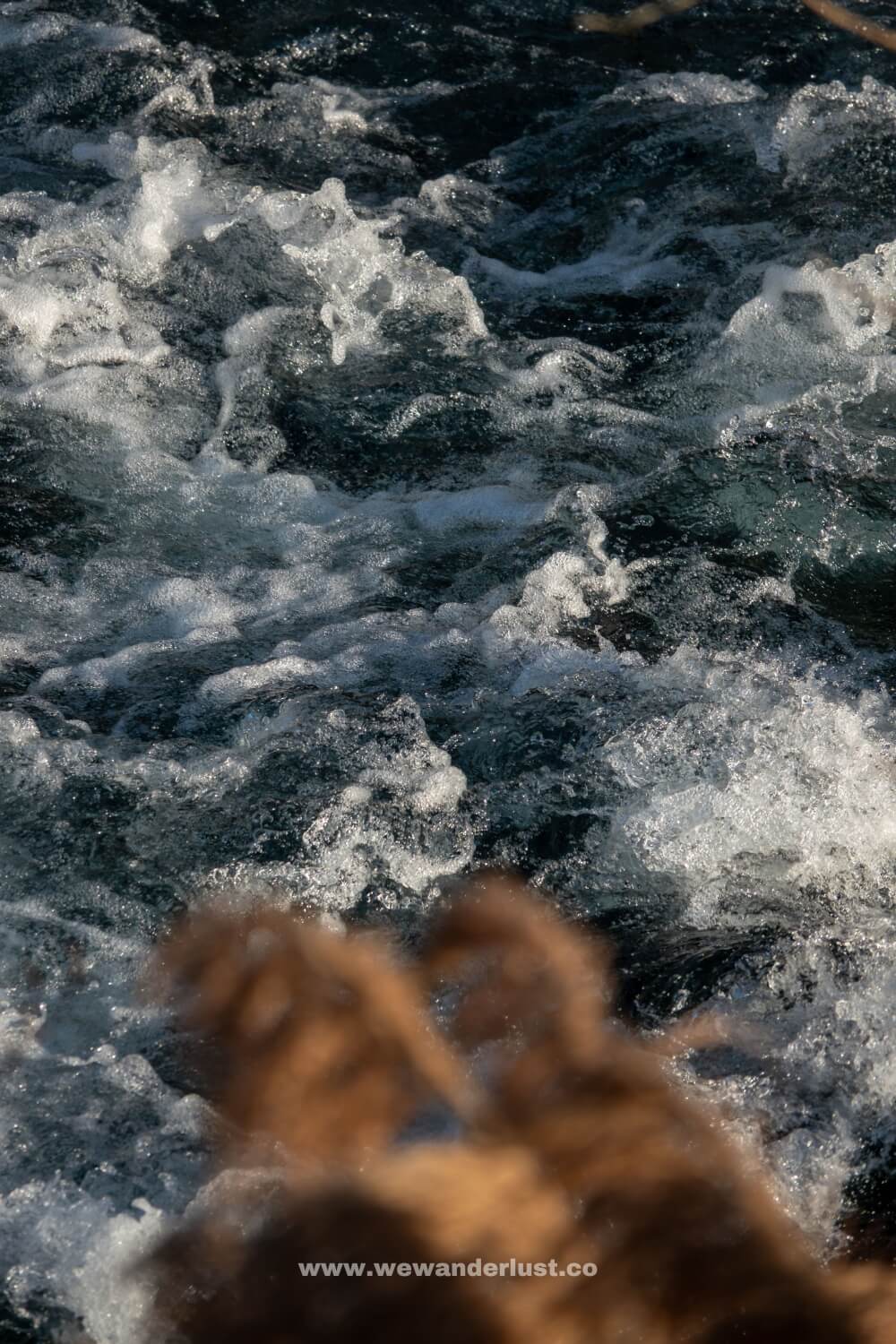
Lake Chuzenji
Lake Chūzenji, known as the Sea of Happiness, sits at an elevation of 1,269 meters in Nikkō National Park making it Japan’s highest natural lake.
There is so much to do at Lake Chuzenji. Here are a few of them:
- Hike 25 kilometers around the lake’s circumference
- Take a sightseeing boat from Chuzenji Onsen
- Go stand-up paddleboarding on Lake Chuzenji
- Rent swan boats, row boats, paddle boats, or even motor boats, and enjoy your time on the lake with your loved ones.
- Visit the Nikko National Science Museum
- Visit Chuzenji Temple and take in the scenic views over the lake
- Visit the Italian Embassy Villa Memorial Park to see how Italian delegates spent their summer getaway- pretty luxuriously if I might add.
- Drink some English tea at a cafe inside the British Embassy Villa overlooking the beautiful Lake Chuzenji
After an incredible day of exploring, take the bus back up to Nikko Station or Tobu Nikko Station to return to Tokyo.
Day Trip To Nikko by Train
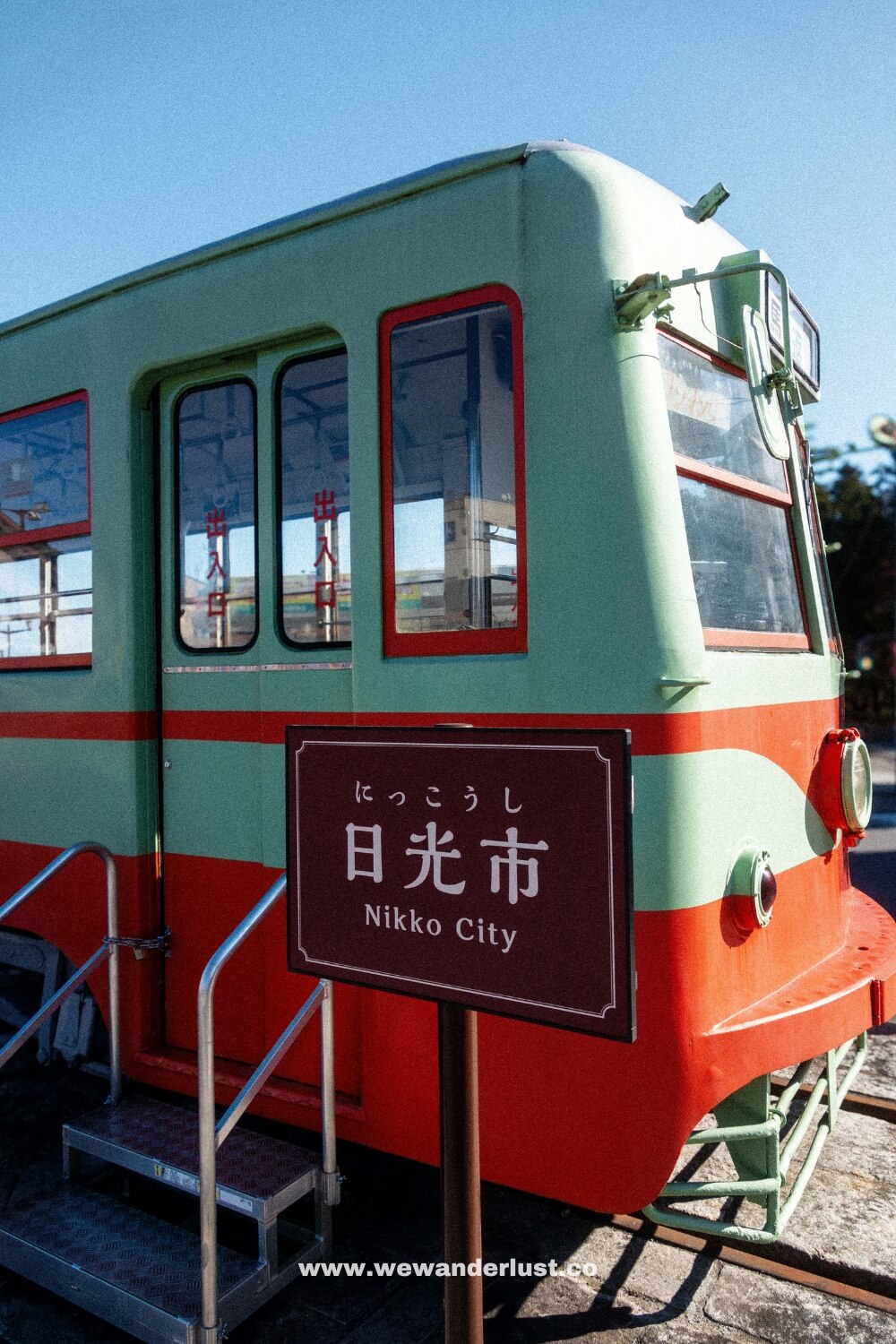
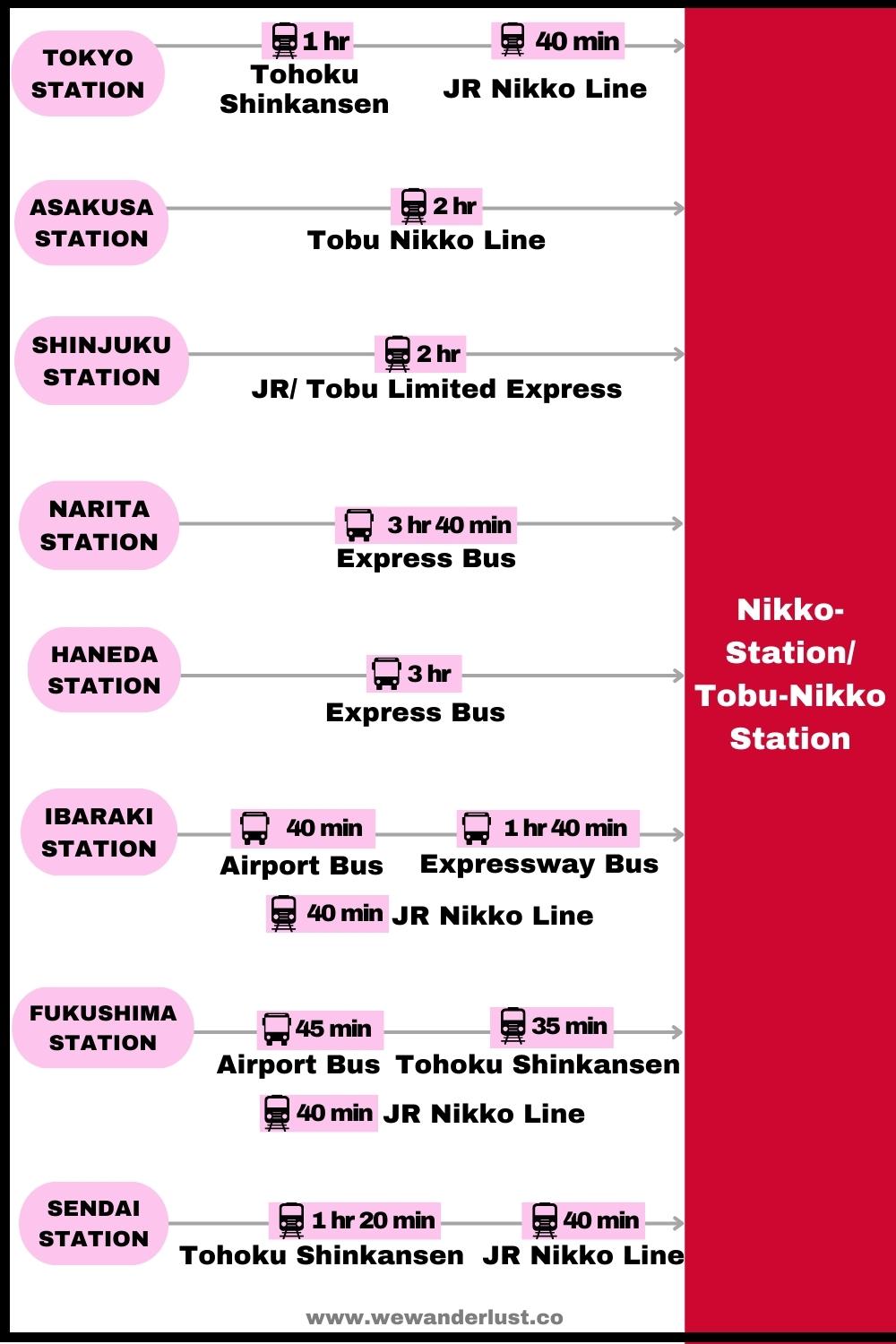
Day Trip to Nikko: How To Get to Nikko from Tokyo
1st Option: Tobu train route
The most affordable and easiest way to reach Nikko with a Japan Rail Pass is by buying the Nikko Pass and traveling via the Tobu train line. Two major stations in Tokyo offer limited express trains to Nikko: Asakusa and Shinjuku. Travel time will be 2 hours regardless of the station you depart from. Traveling from Asakusa on a rapid or local train adds 30 minutes but costs about half as much as the limited express.
The Nikko Pass includes roundtrip train fare from Tokyo plus free bus and train travel in Nikko. Since it costs less than a basic roundtrip ticket, opting for the Nikko Pass is a clear choice. The pass is ¥2,120, with the option to upgrade to the limited express for ¥2,940 more – worthwhile to save time if you only have a day. Even with the upgrade, the pass is cheaper than a roundtrip ticket.
2nd Option: JR(Japan Rail) Pass route
If you have a JR Pass for your trip to Japan like we did, you can use it to travel round-trip between Tokyo and Nikko. Take the Shinkansen bullet train from Tokyo Station or Ueno Station to Utsunomiya, then transfer to the JR Nikko Line.
This route costs more and requires a transfer, but is fully covered by the Japan Rail Pass. The Tobu Line also connects Tokyo and Nikko, departing from Tobu Asakusa Station. However, it is a shared railway with JR only for part of the journey. The JR Pass is not valid on the Tobu portion so you will need to pay an additional fare to ride the Tobu Line.
If you already have a JR Pass, the Nikko Pass likely won’t be worth purchasing since a major benefit of the Nikko Pass is the return trip from Tokyo. Another option is taking a highway bus directly to Nikko from Narita Airport, Haneda Airport, or Yokohama. The buses provide a more direct route without transfers but since you only have 1 day in Nikko, this may not be the best option.
If things seem complicated, then you also have the option to book a fully planned day trip to Nikko with a free hotel pick-up.
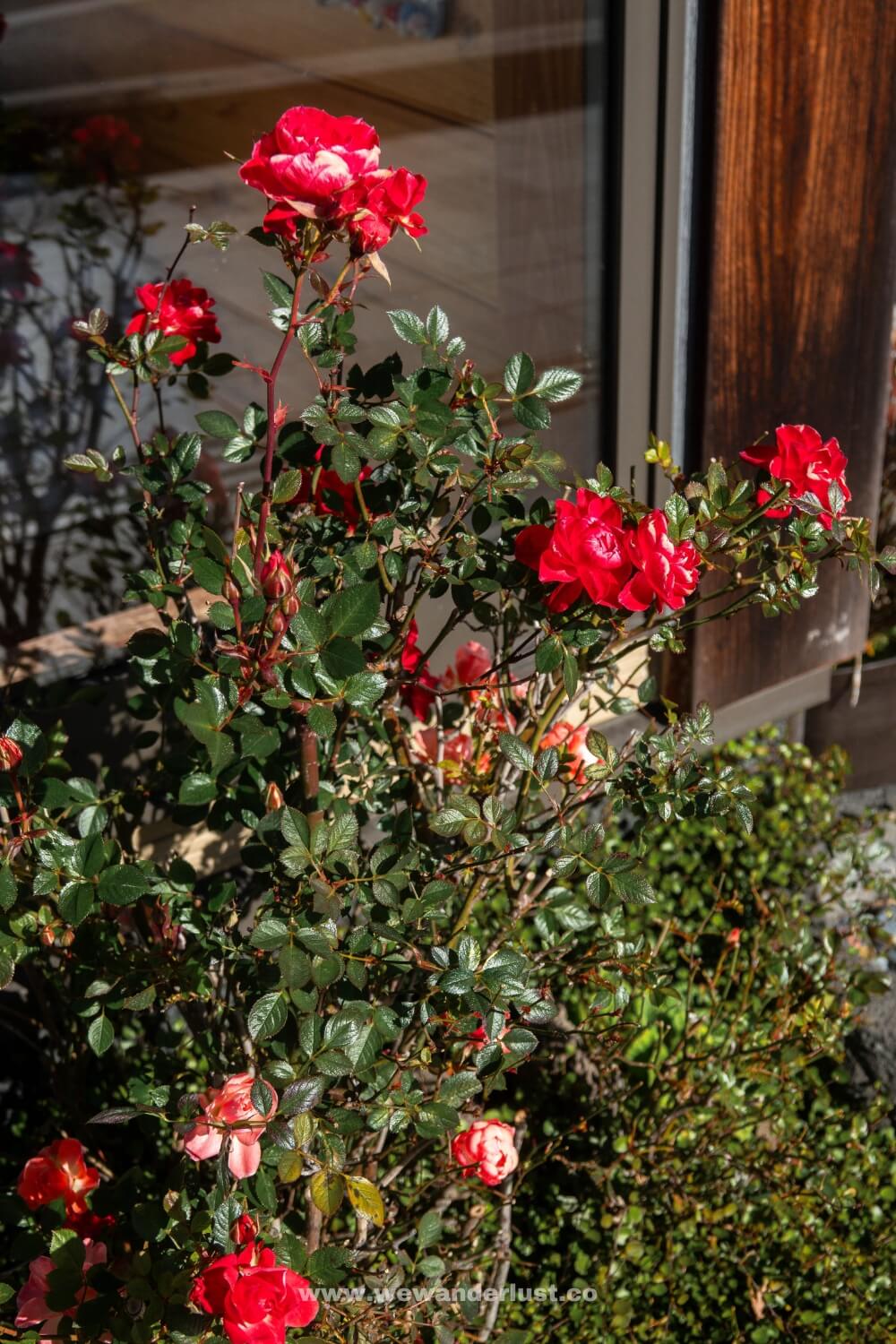
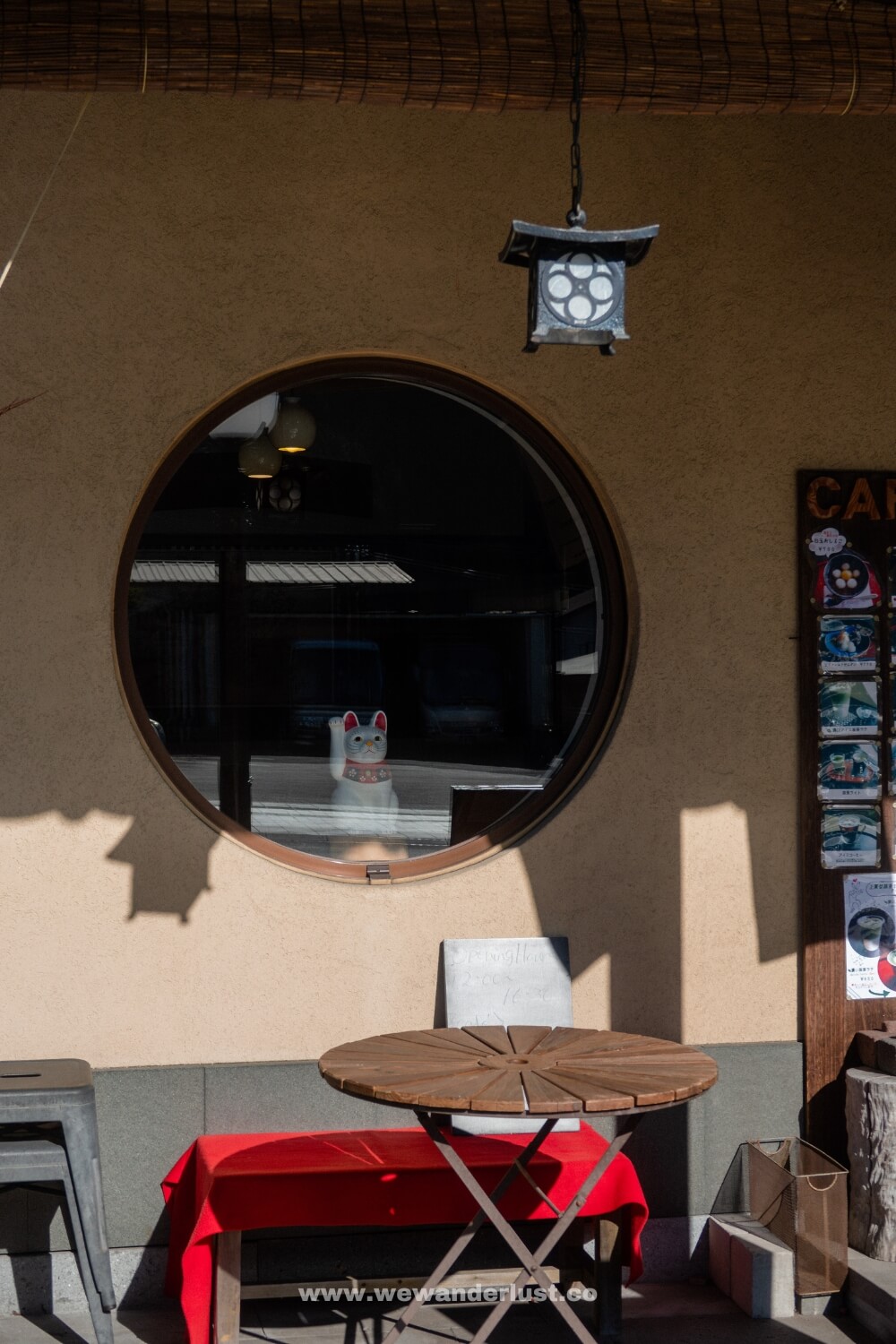
Is the Nikko Pass worth it for one day?
The Nikko Pass provides discounted travel to Nikko from Tokyo and within Nikko itself. Two passes are available: the 2-day World Heritage Area pass covering the main highlights or the 4-day Nikko All Area pass. There is no Nikko 1-day pass but the 2-day World Heritage pass is recommended for a Nikko day trip from Tokyo if you don’t have a JR Pass.
Hassle-Free Day Trip to Nikko
We understand that navigating a day trip to Nikko can seem overwhelming. If you don’t want to deal with the hassle of planning your own day trip to Nikko, you can have everything taken care of for you. By booking a guided tour, you can enjoy a seamless and stress-free experience exploring the beautiful sights and attractions of this historic Japanese city.
Benefits of Booking a Guided Tour to Nikko:
- Convenience: The tour operator will handle all the logistics, including transportation, entrance fees, and scheduling, so you can sit back and enjoy the journey.
- Expert Guidance: Your tour guide will provide valuable insights and information about the cultural and historical significance of the sites you visit, enhancing your understanding and appreciation of Nikko.
- Time-Saving: With a pre-planned itinerary, you won’t have to waste time figuring out where to go and how to get there. The tour will efficiently take you to the must-see destinations.
- Hassle-Free Experience: Forget about the hassle of navigating public transportation, purchasing tickets, or dealing with language barriers. The tour company will take care of everything, allowing you to focus on creating lasting memories.
To book your hassle-free day trip to Nikko, click here. Secure your spot and let the experts handle the planning, so you can simply enjoy the sights stress-free.
Is Nikko worth a day trip?
The Nikko Pass is a more affordable option than buying individual return tickets from Tokyo to Nikko. The pass also covers bus travel between attractions in the area.
However, if you have a JR Pass, we recommend using it for the train from Tokyo to Nikko instead of a Nikko Pass as it mainly provides a return ticket back to Tokyo. You can buy individual tickets for getting around the Nikko area when you get there.
Nikko offers so much natural beauty along with UNESCO World Heritage temples and shrines so it’s worth spending two to three days to fully immerse yourself in the area. However, we understand like us, you may have limited time so even a one-day trip to Nikko is worth it.
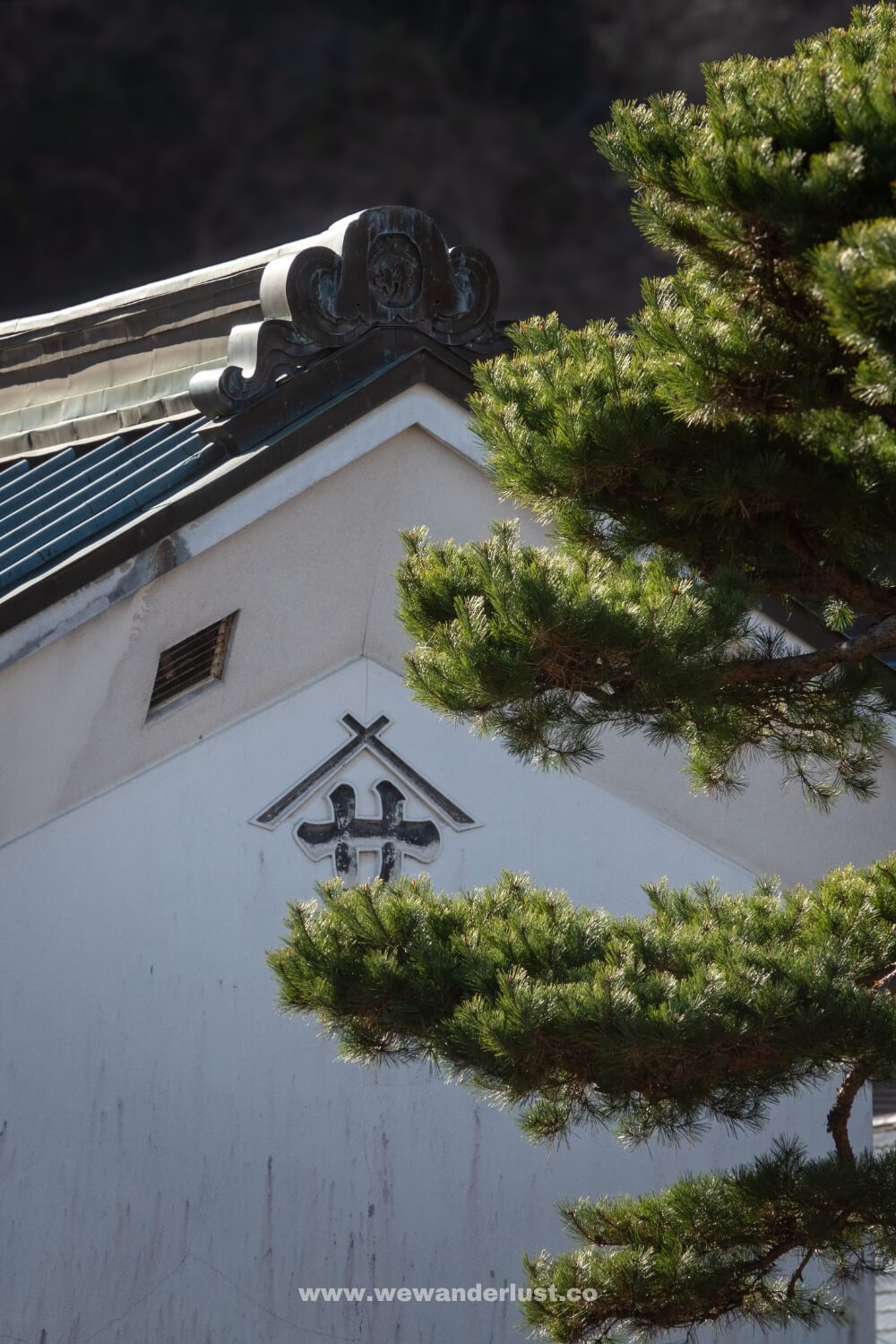
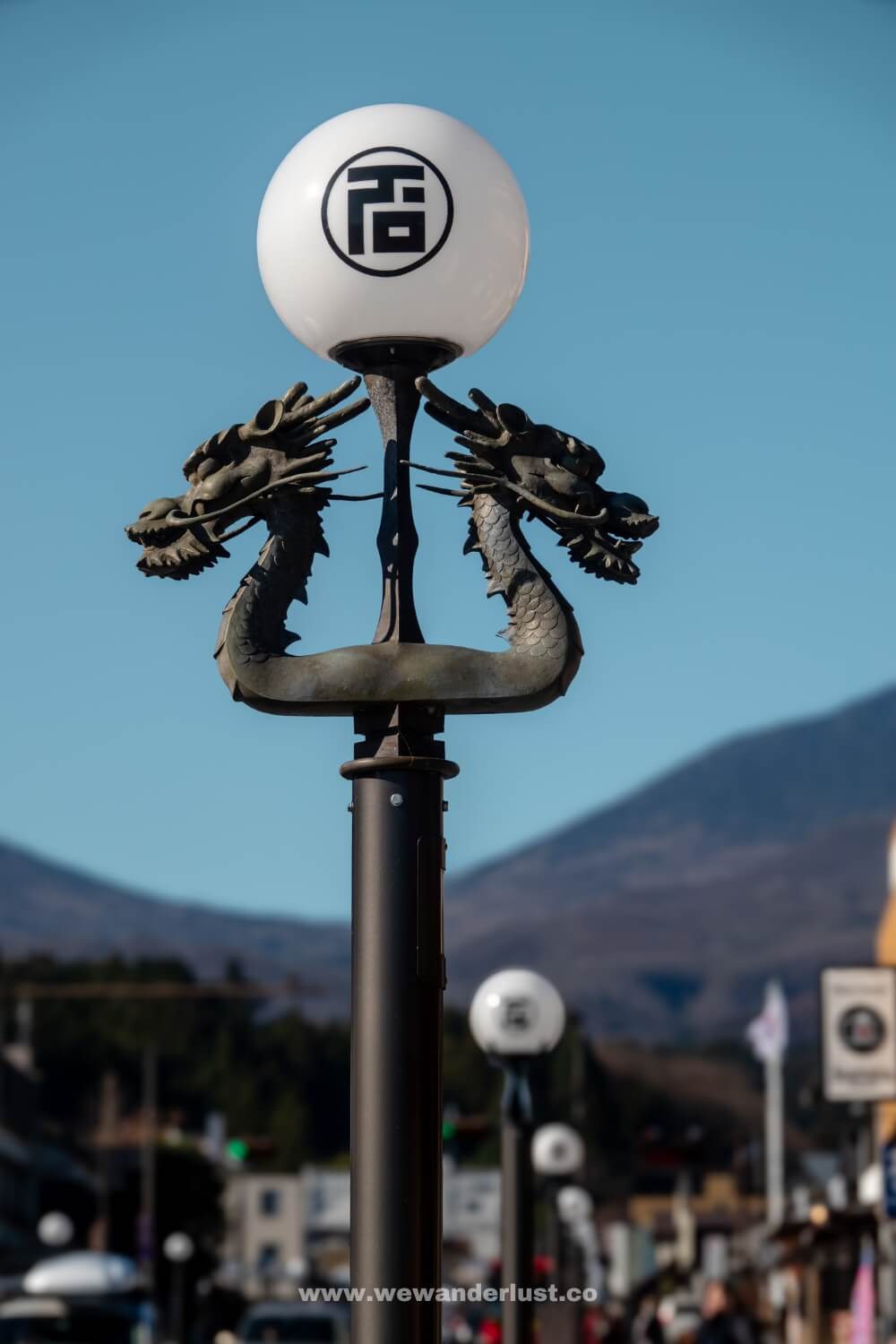
Nikko day trip itinerary
Nikko makes for an excellent day trip from Tokyo, offering a peaceful respite from the bustling capital. This one-day itinerary is perfect for nature lovers like us. We hope our Nikko itinerary left you dreaming of a lovely escape to the quieter countryside of Japan. We loved spending one day in Nikko and guess what? We’ll be back to experience the other seasons.

